Marble in Small Bathrooms: Is the Trend Worth the Trouble?

Marble has long been a coveted material for bathrooms, offering a touch of luxury and serenity. However, experts are now advising caution, particularly for smaller spaces. While marble can undoubtedly elevate a bathroom's aesthetic, its practicalities, durability, and maintenance requirements present challenges that homeowners should carefully consider before embracing this popular trend.
Key Takeaways
- Marble can add significant luxury and personality to small bathrooms.
- However, its porous nature makes it susceptible to staining and etching from acidic substances.
- The material's thickness and the installation process can consume valuable space in compact bathrooms.
- Discoloration, such as browning, can occur due to iron deposits within the stone reacting with water.
- Proper sealing and regular maintenance are crucial for preserving marble's appearance.
The Allure of Marble
Marble has graced luxurious interiors for centuries, and its appeal in modern bathrooms is undeniable. It instantly imparts a sense of elegance and sophistication, with veining patterns offering unique visual interest. Whether used for flooring, countertops, or accent walls, marble can transform a space into a spa-like retreat. Its versatility allows for various design approaches, from dramatic veining to subtle grains, and it pairs well with other popular bathroom trends like brass fixtures.
Practical Concerns for Small Bathrooms
Despite its aesthetic advantages, marble comes with several drawbacks, especially in smaller bathrooms. Its porous quality makes it vulnerable to staining from common bathroom products and even hair dye. Acidic substances like lemon juice or certain cleaning agents can etch the surface, dulling its shine. Furthermore, the installation process, which often involves thick marble slabs and adhesive materials, can reduce the usable space in already limited areas. The natural veining in marble can also be challenging to align perfectly in small layouts, potentially disrupting the desired continuous effect.
The Browning Phenomenon
One significant issue reported with white marble, particularly Carrara marble, is the development of brown spots. This discoloration is often attributed to iron deposits within the stone reacting with moisture, leading to rust stains. Grout, being porous, can also easily absorb these stains. While some contractors offer warranties, addressing such issues might fall outside standard coverage. Potential causes can range from inadequate sealing to problems with the shower pan or even the type of screws used during installation.
Alternatives and Maintenance
For those who love the marble look but are wary of its maintenance, alternatives like porcelain tiles that mimic natural stone offer a more durable and less porous option. If you are committed to marble, careful selection is key. Opting for harder marble varieties and honed finishes over polished ones can improve durability and reduce slipperiness. Regular sealing with a quality sealer is essential. Cleaning should be done with mild soap and water, avoiding harsh chemicals. For stains, a poultice can be effective, and marble can often be re-polished if needed. However, it's crucial to choose marble pieces that match well to avoid visual disruptions in smaller spaces.

 Best Selling Marble Collections
Best Selling Marble Collections
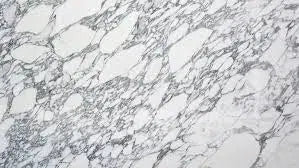 Arabescato Corchia
Arabescato Corchia Bardiglio
Bardiglio Bianco Dolomite
Bianco Dolomite 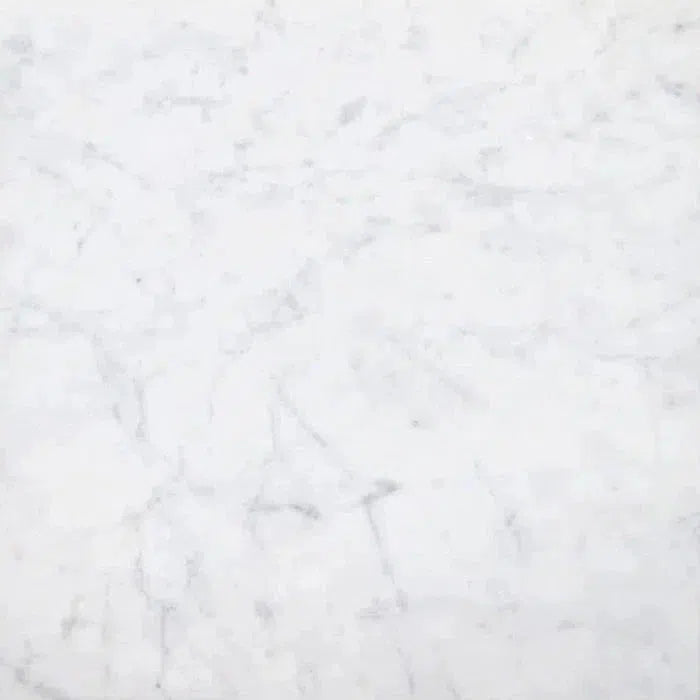 Carrara White
Carrara White 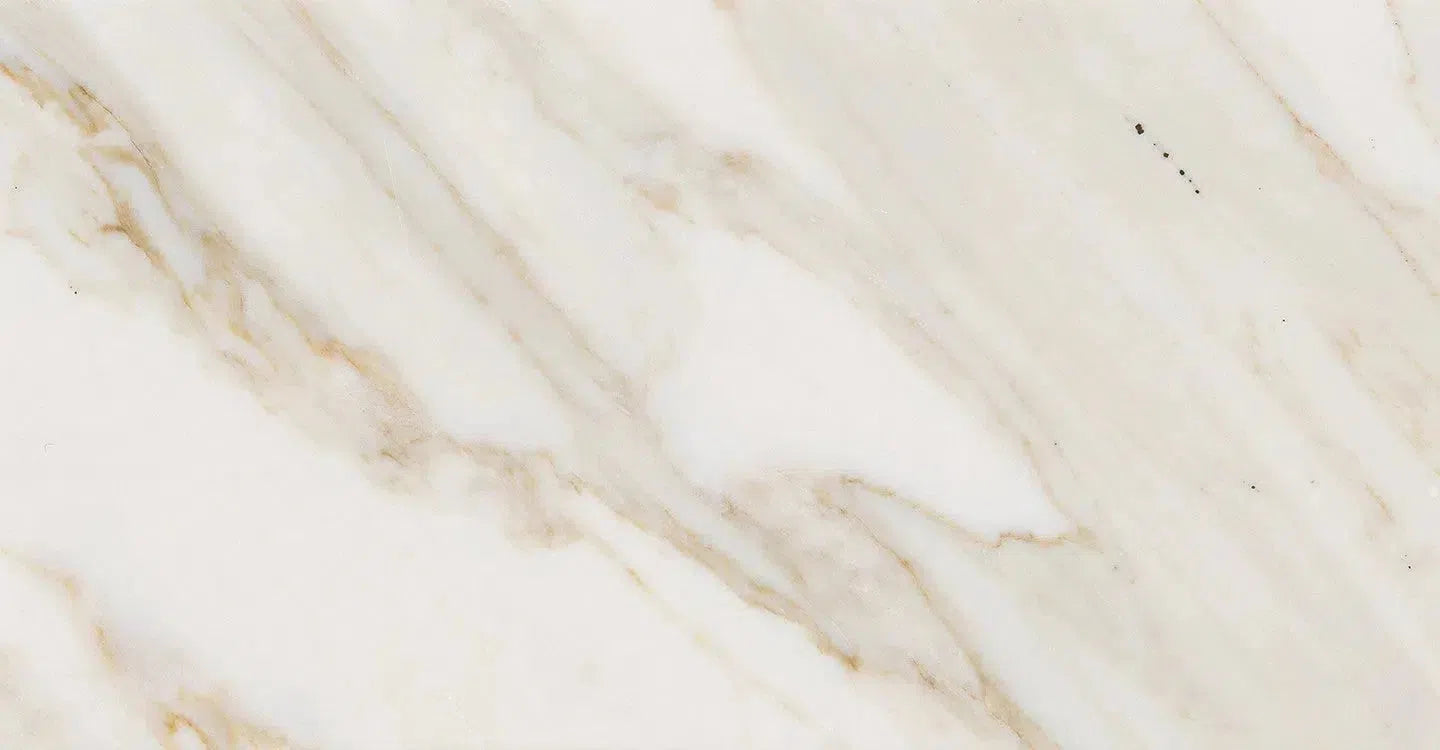 Calacatta Gold
Calacatta Gold Crema Marfil
Crema Marfil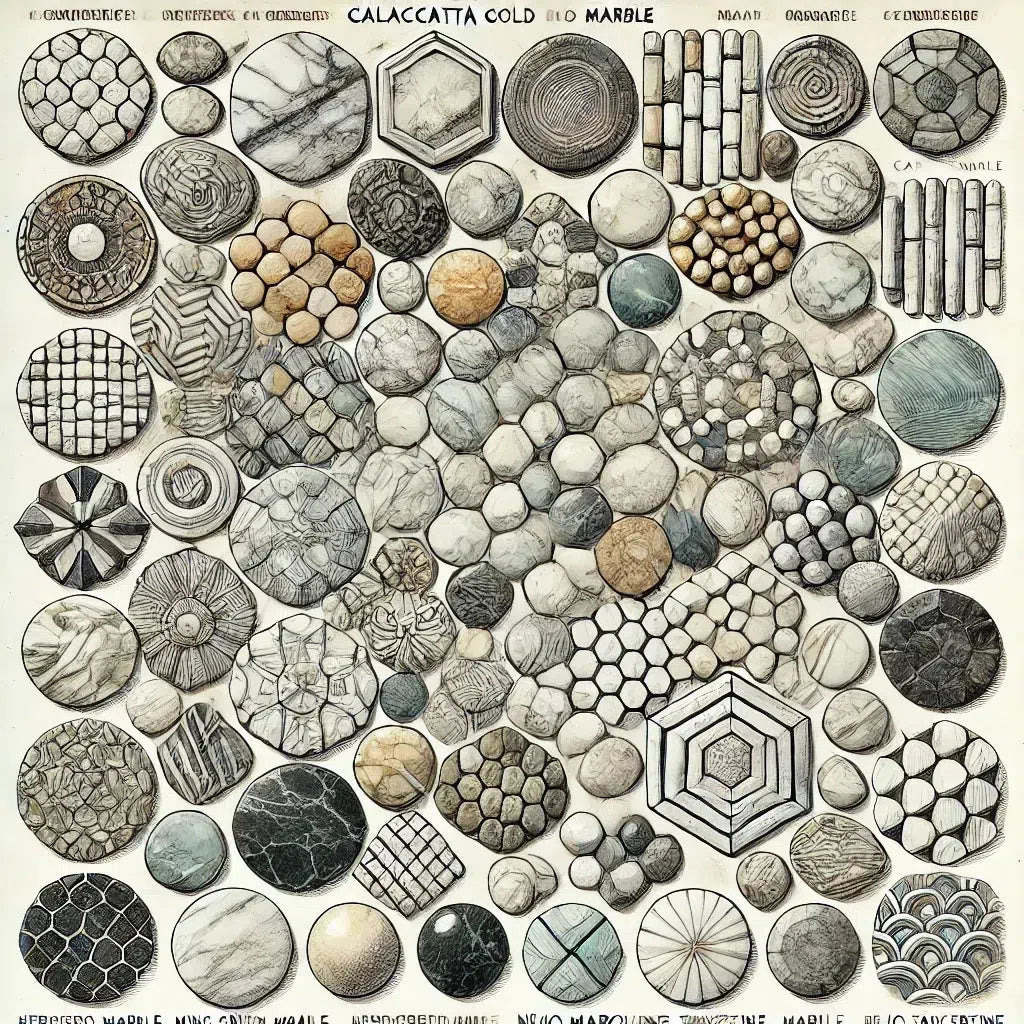 Custom Made Mosaic
Custom Made Mosaic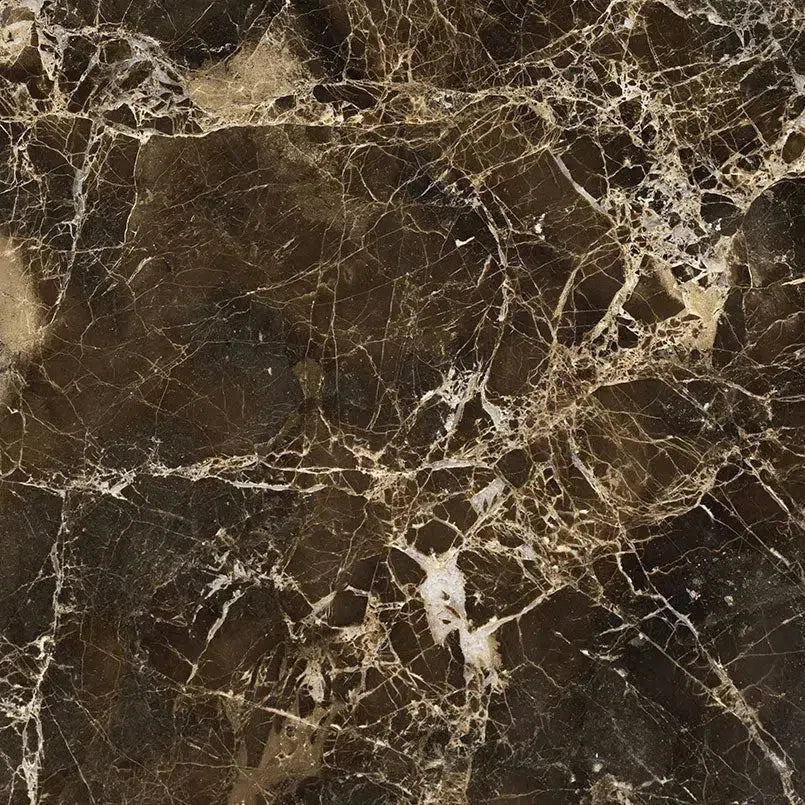 Emperador Dark
Emperador Dark Nero Marquina
Nero Marquina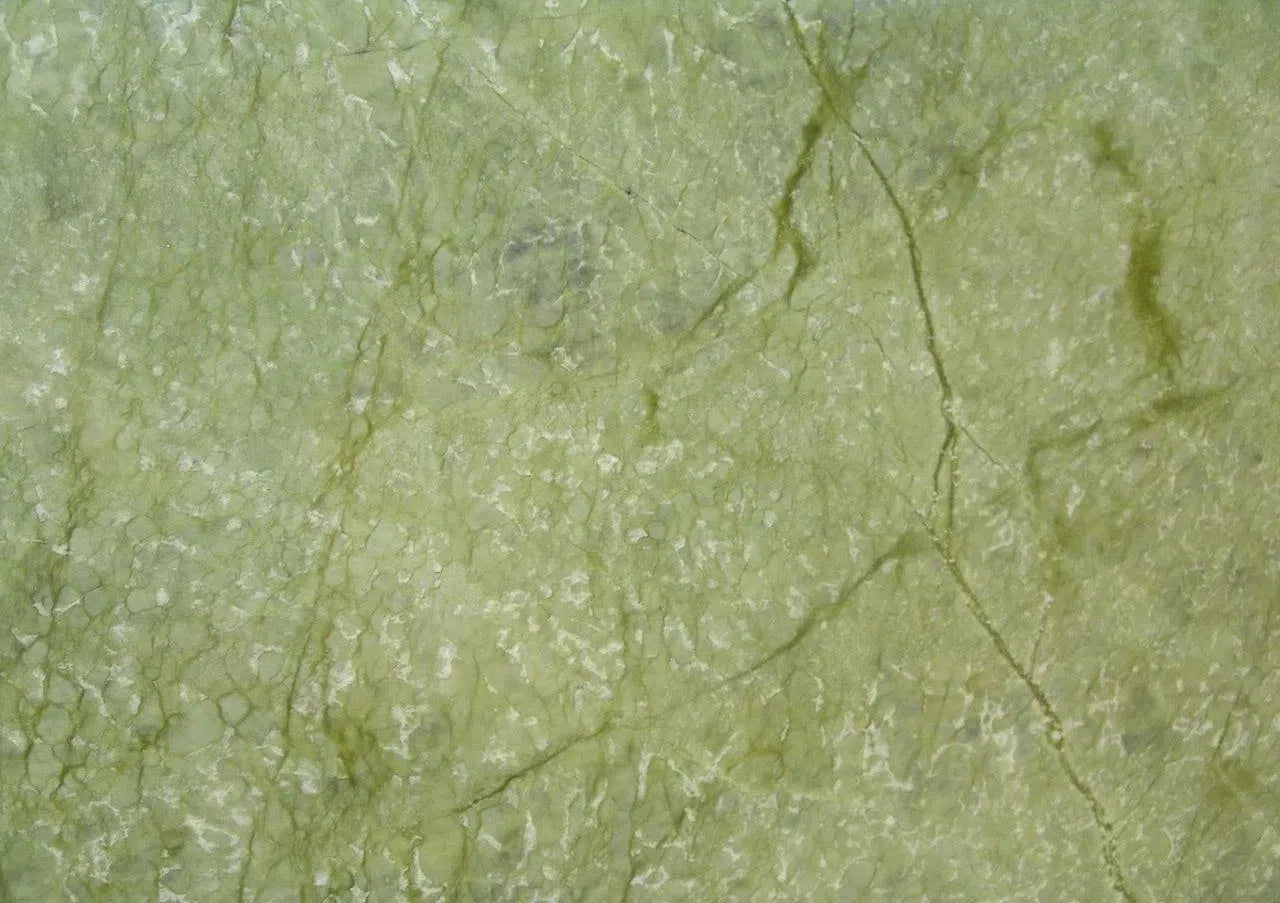 Ming Green Marble
Ming Green Marble Oriental White Marble (Asian Statuary Marble)
Oriental White Marble (Asian Statuary Marble)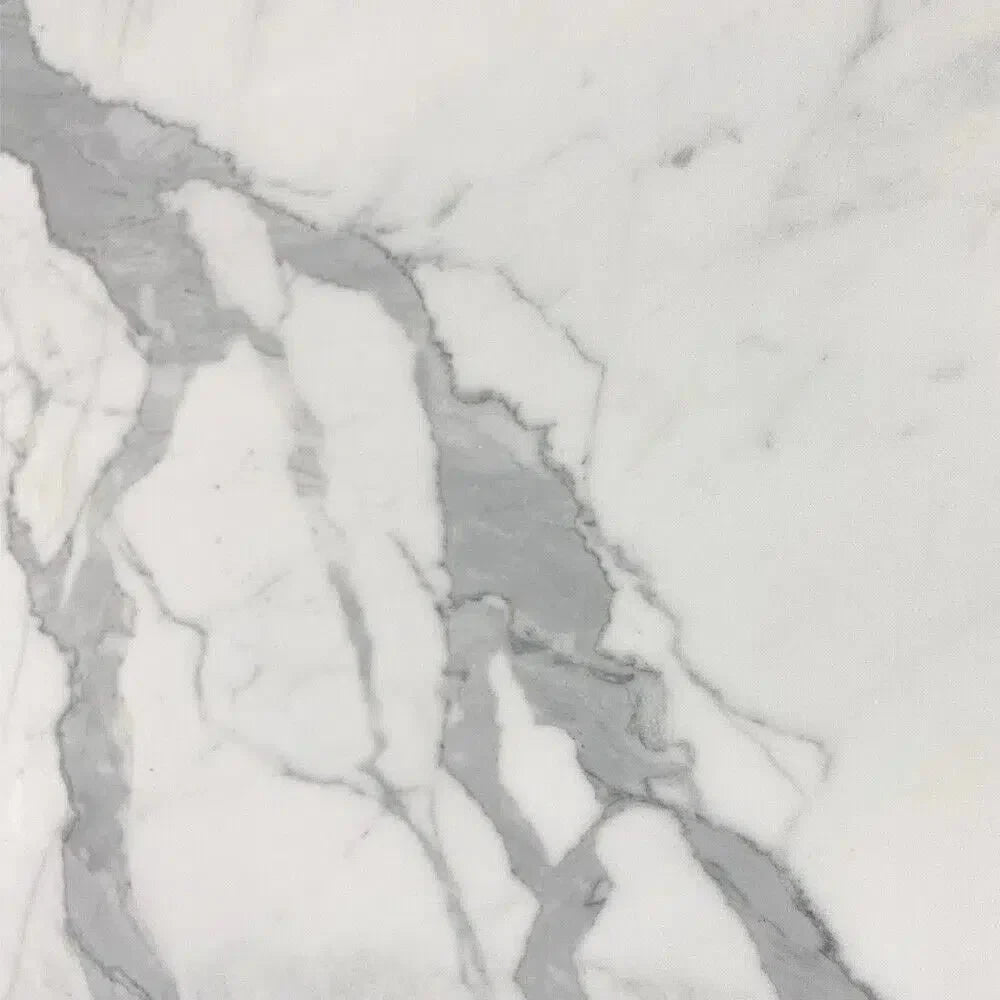 Statuary - Statuario White (Italian) Marble
Statuary - Statuario White (Italian) Marble Thassos White
Thassos White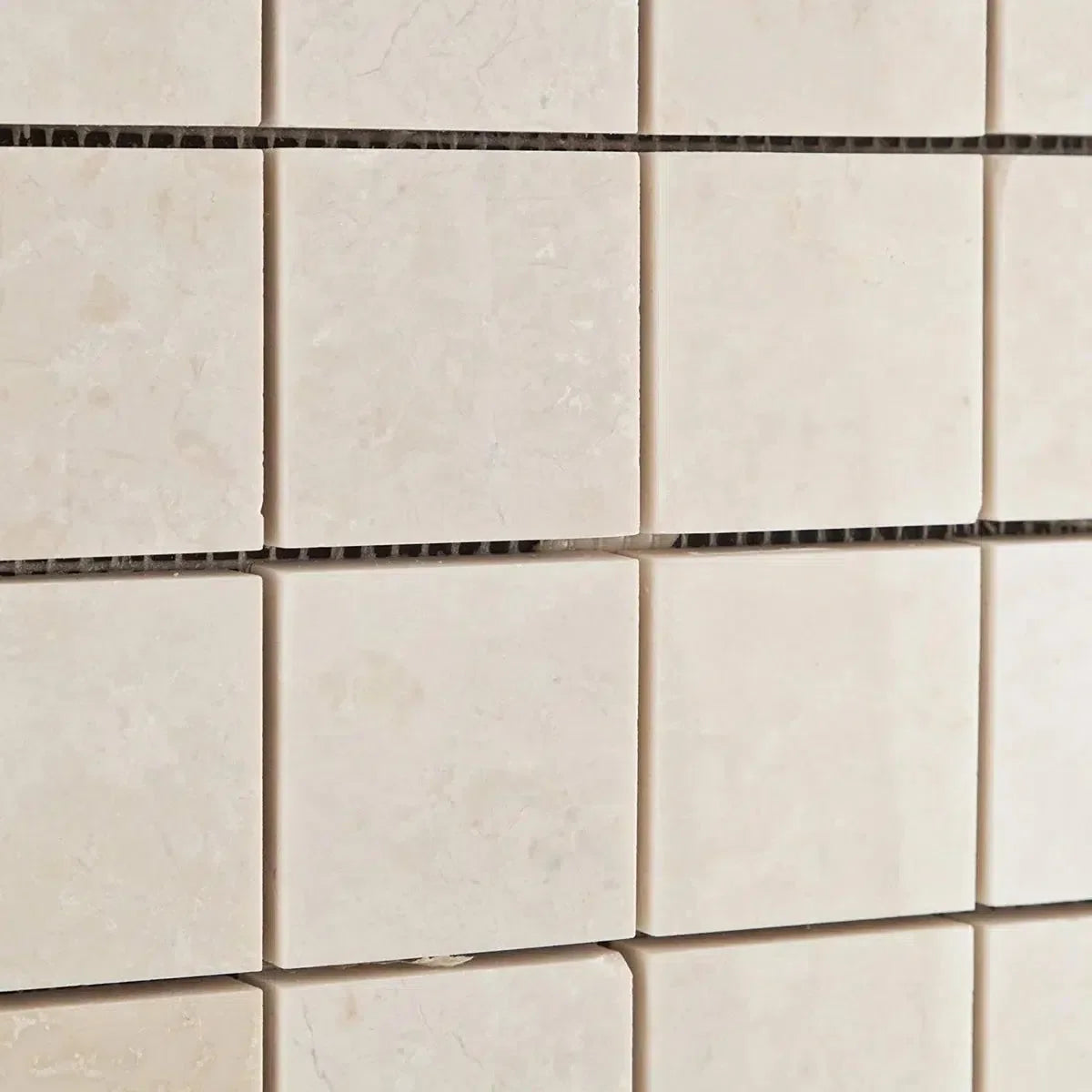 White Pearl/Botticino Beige Marble
White Pearl/Botticino Beige Marble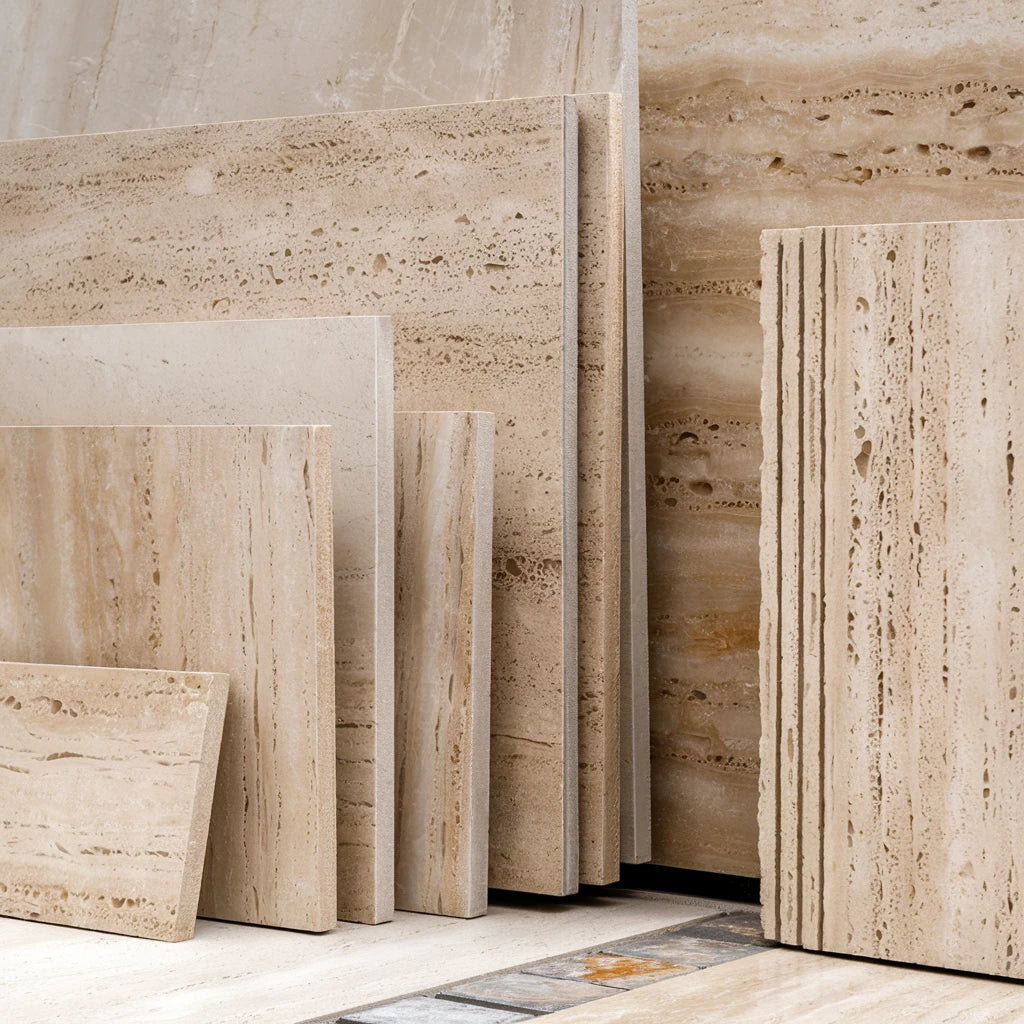 Best Selling Travertine Collections
Best Selling Travertine Collections
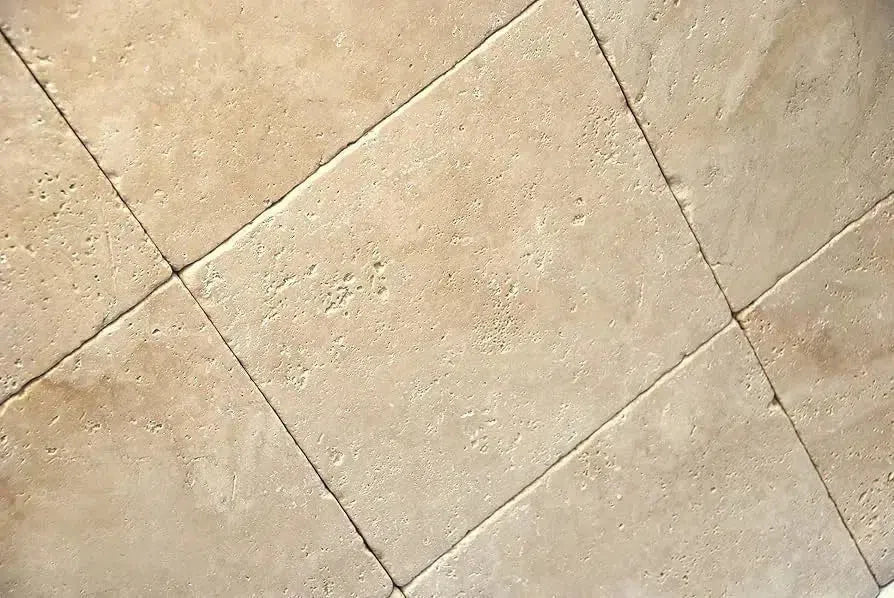 Ivory Travertine
Ivory Travertine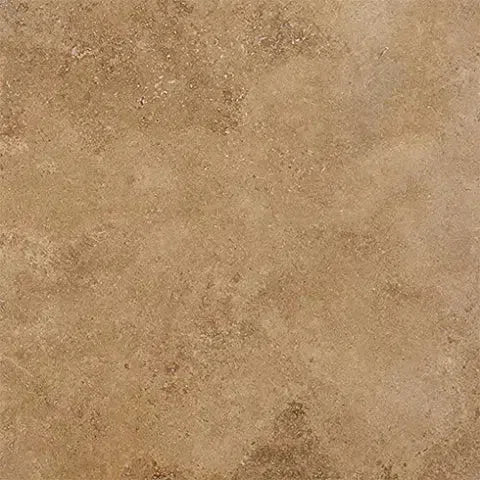 Noce Travertine
Noce Travertine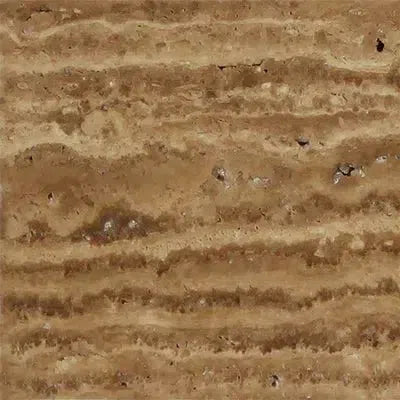 Exotic Noce Travertine
Exotic Noce Travertine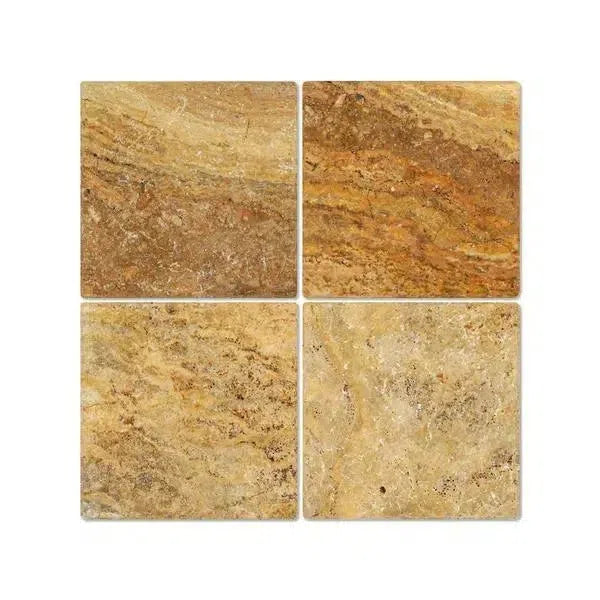 Scabos | Autumn Leaves Travertine
Scabos | Autumn Leaves Travertine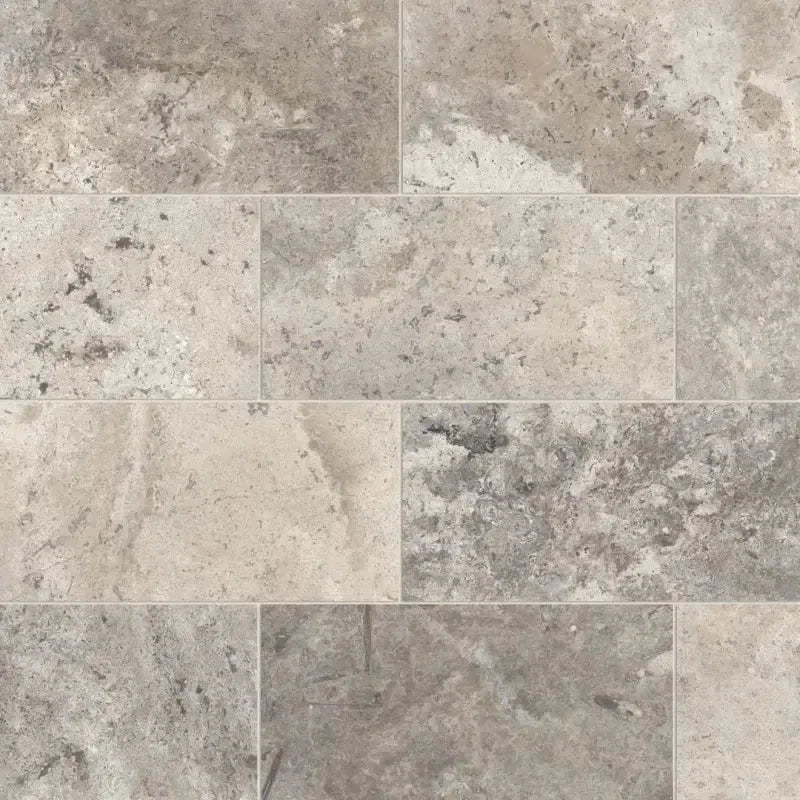 Silver Travertine
Silver Travertine Exotic Travertine
Exotic Travertine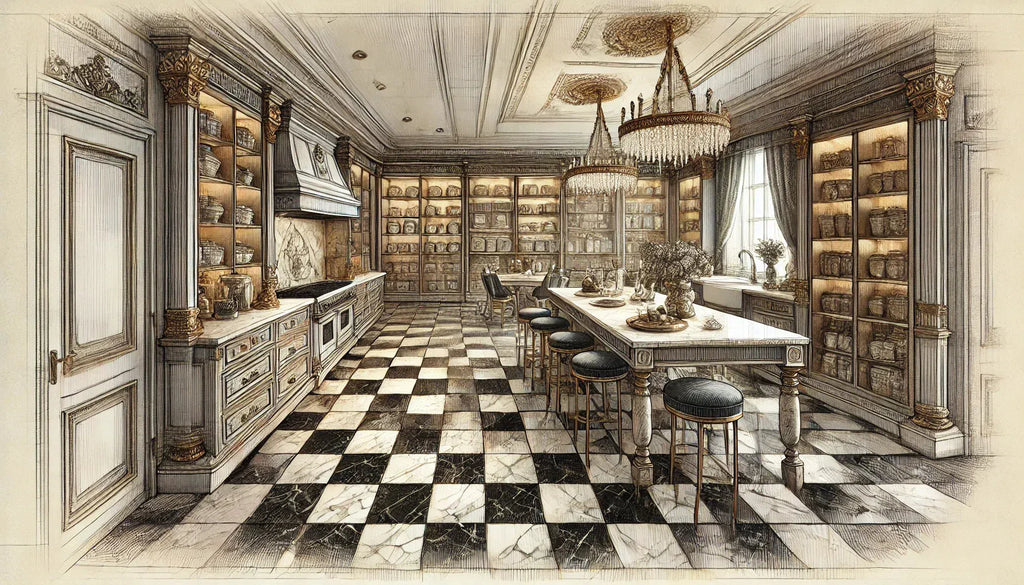 Checkerboard
Checkerboard
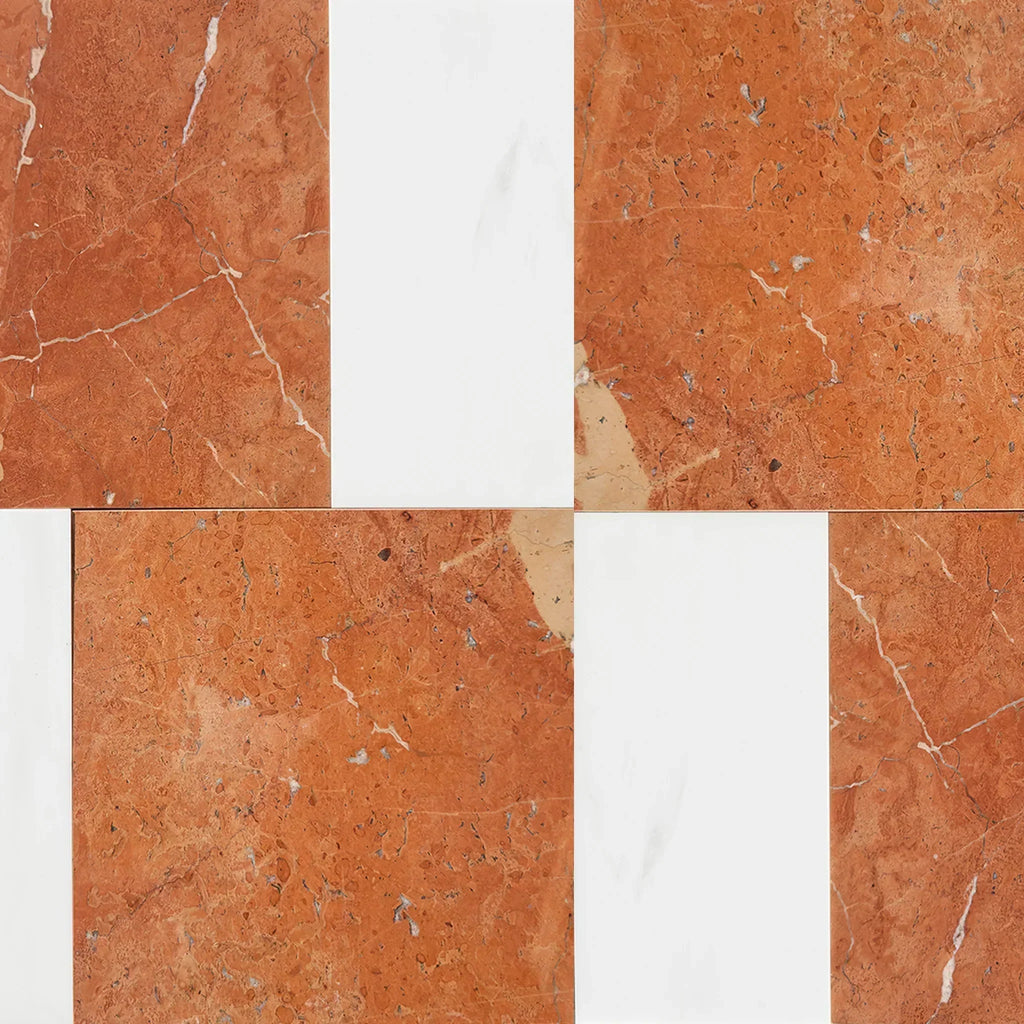 Patterned Tile
Patterned Tile
 Shop By Material
Shop By Material
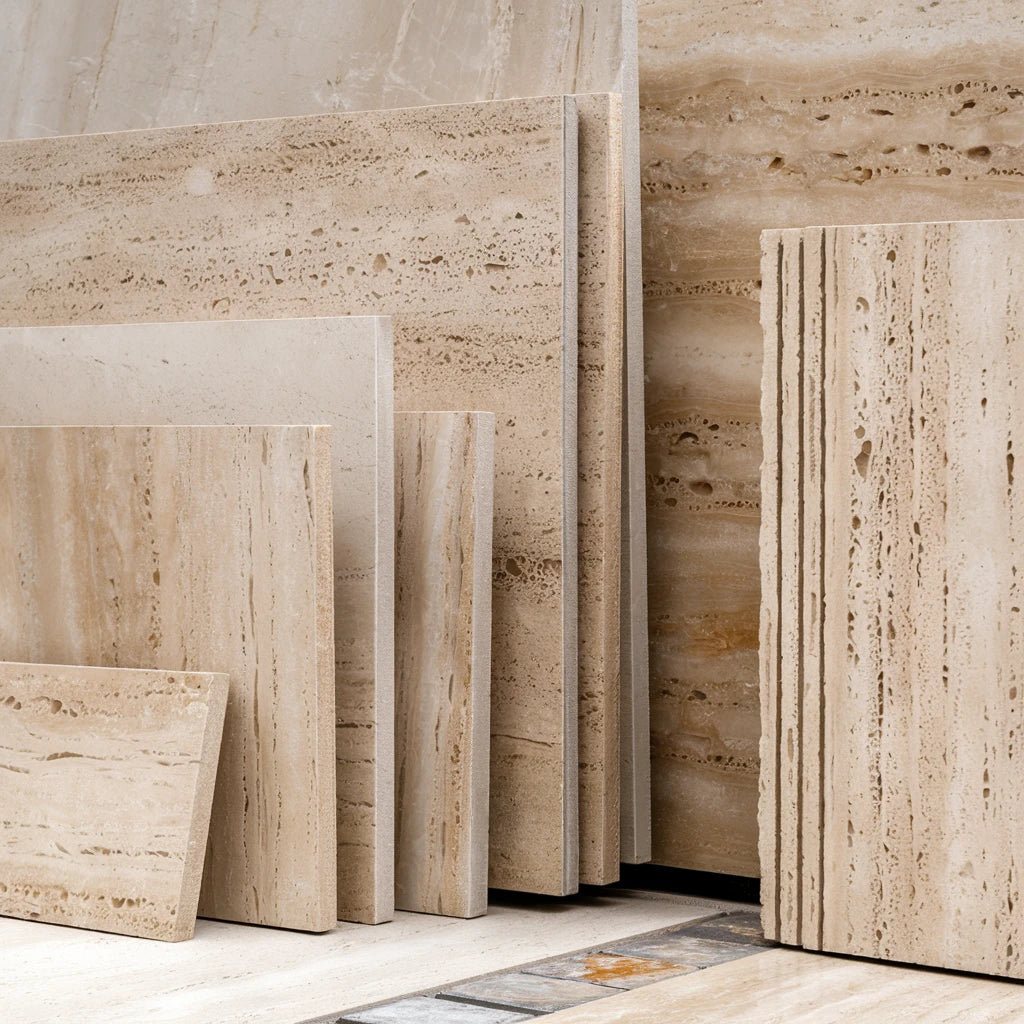 Travertine
Travertine Marble
Marble Limestone
Limestone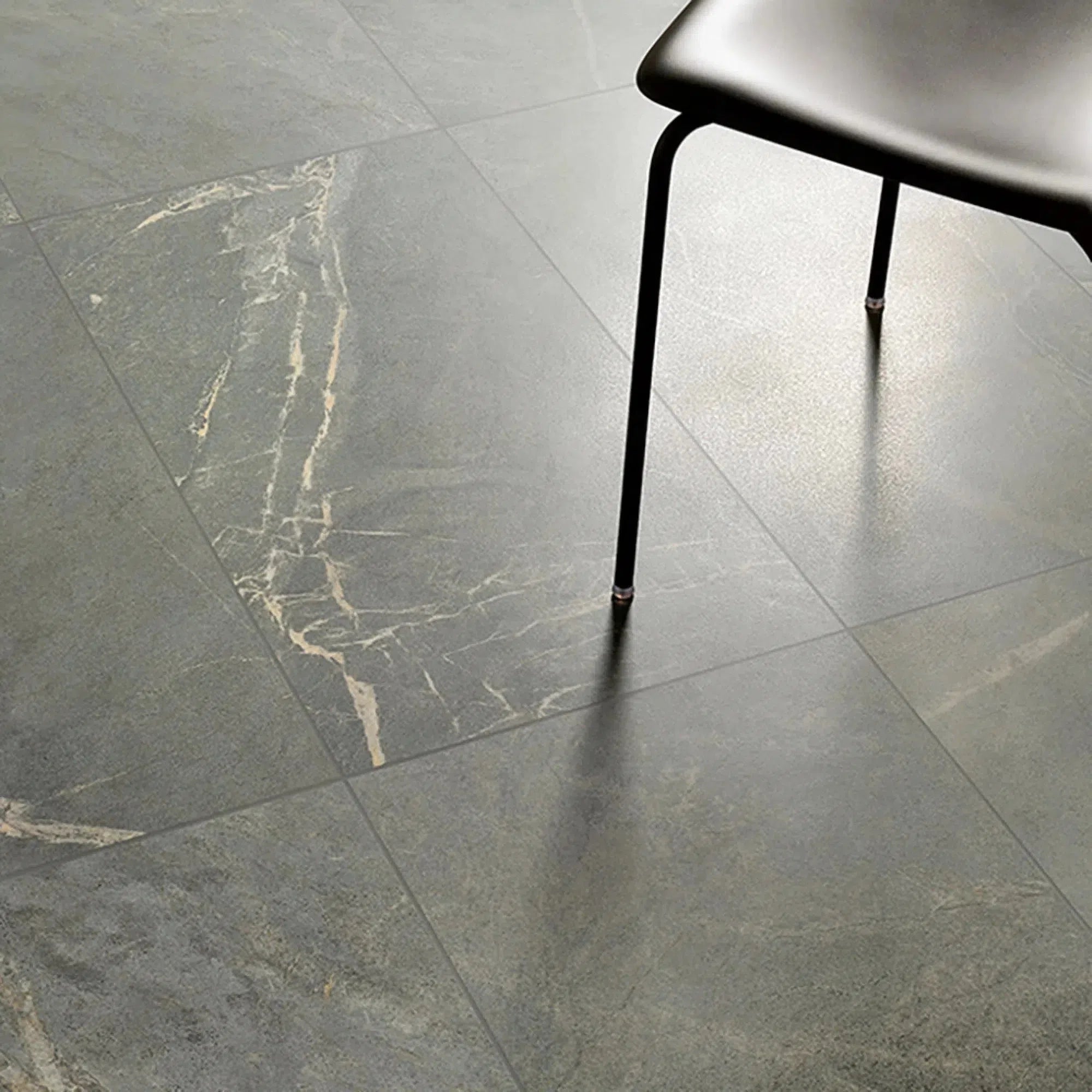 Soap Stone
Soap Stone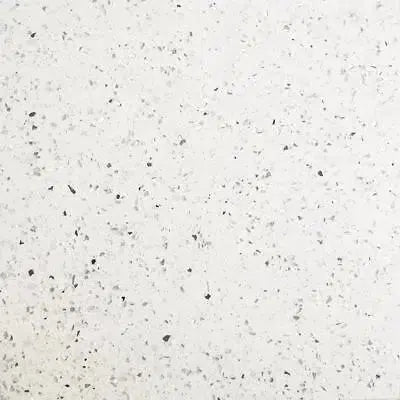 Quartz
Quartz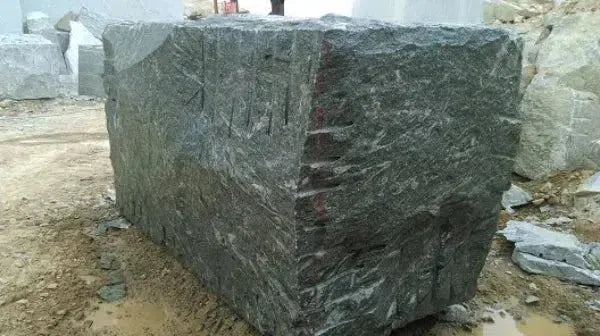 Granite
Granite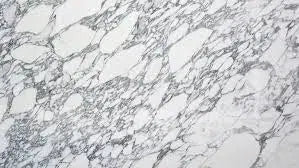 Shop By Name
Shop By Name
 Absolute Black Granite
Absolute Black Granite Atlantic Gray Marble
Atlantic Gray Marble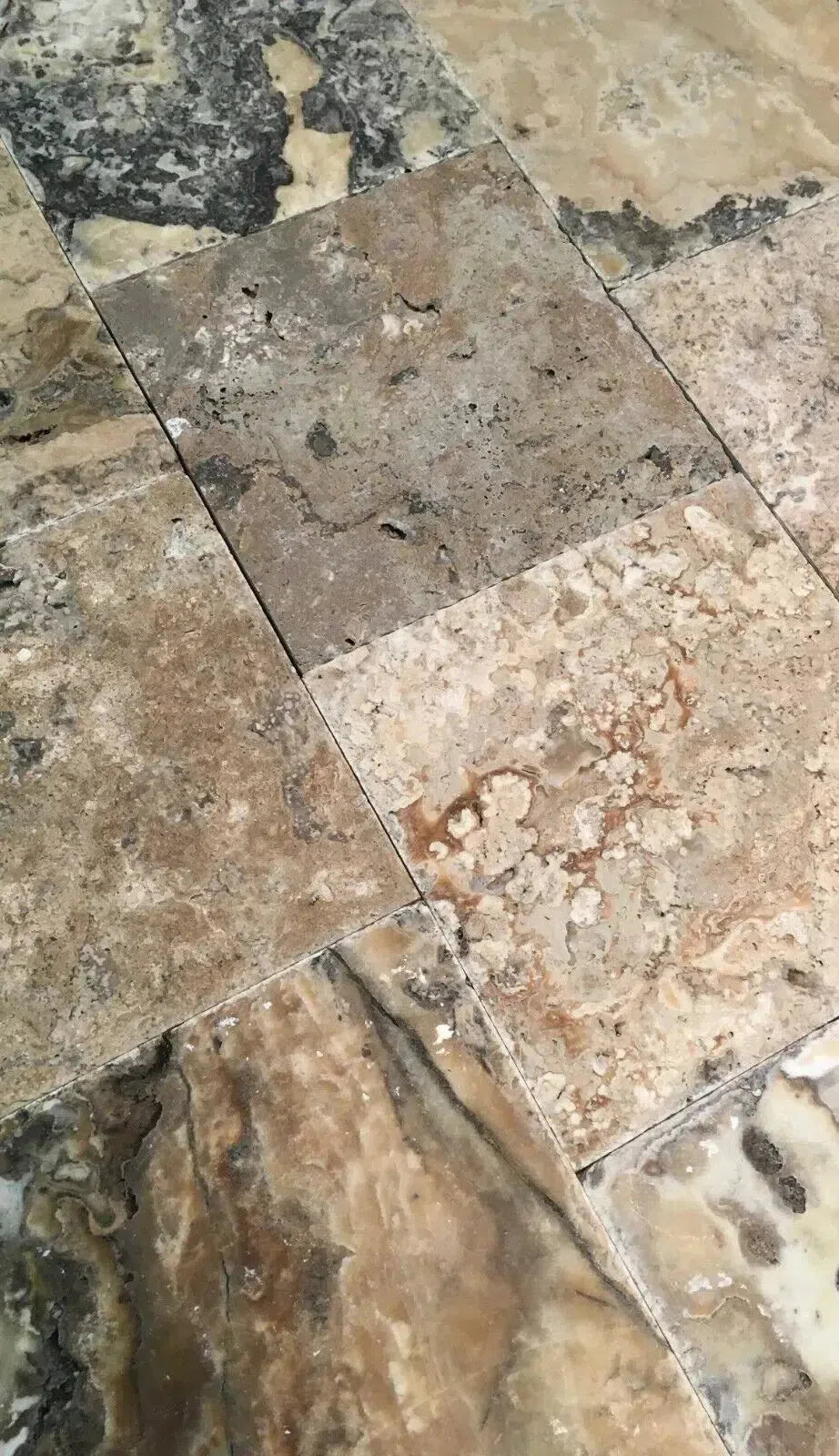 Antico Onyx Travertine
Antico Onyx Travertine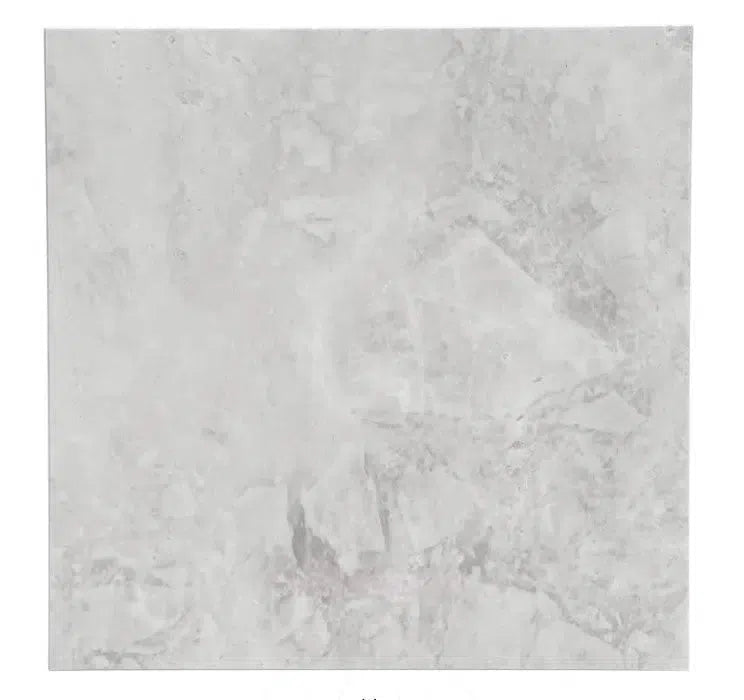 Bianco Congelato Dolomite
Bianco Congelato Dolomite Bianco Venatino (Bianco Mare) Marble
Bianco Venatino (Bianco Mare) Marble Burgundy Mocha Marble
Burgundy Mocha Marble Calacatta Verde Royale Marble
Calacatta Verde Royale Marble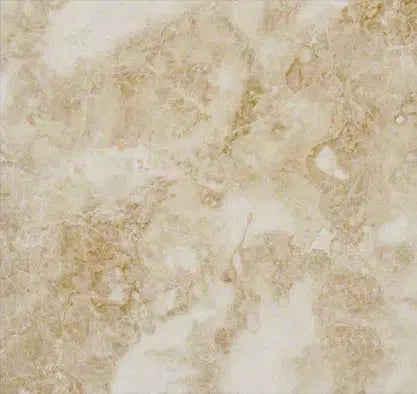 Cappuccino Marble
Cappuccino Marble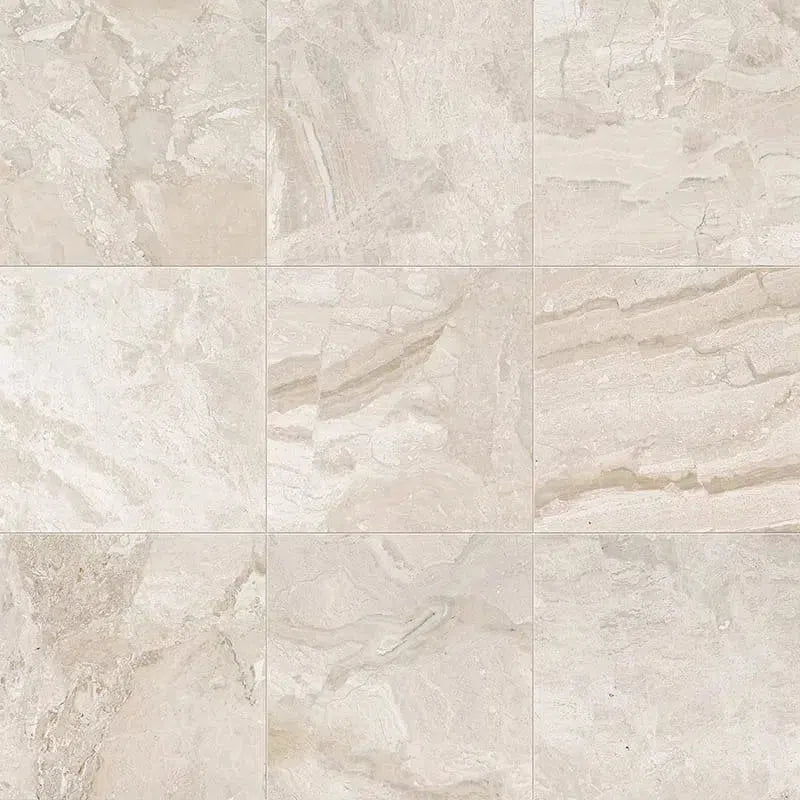 Diano Royal (Queen Beige) Marble
Diano Royal (Queen Beige) Marble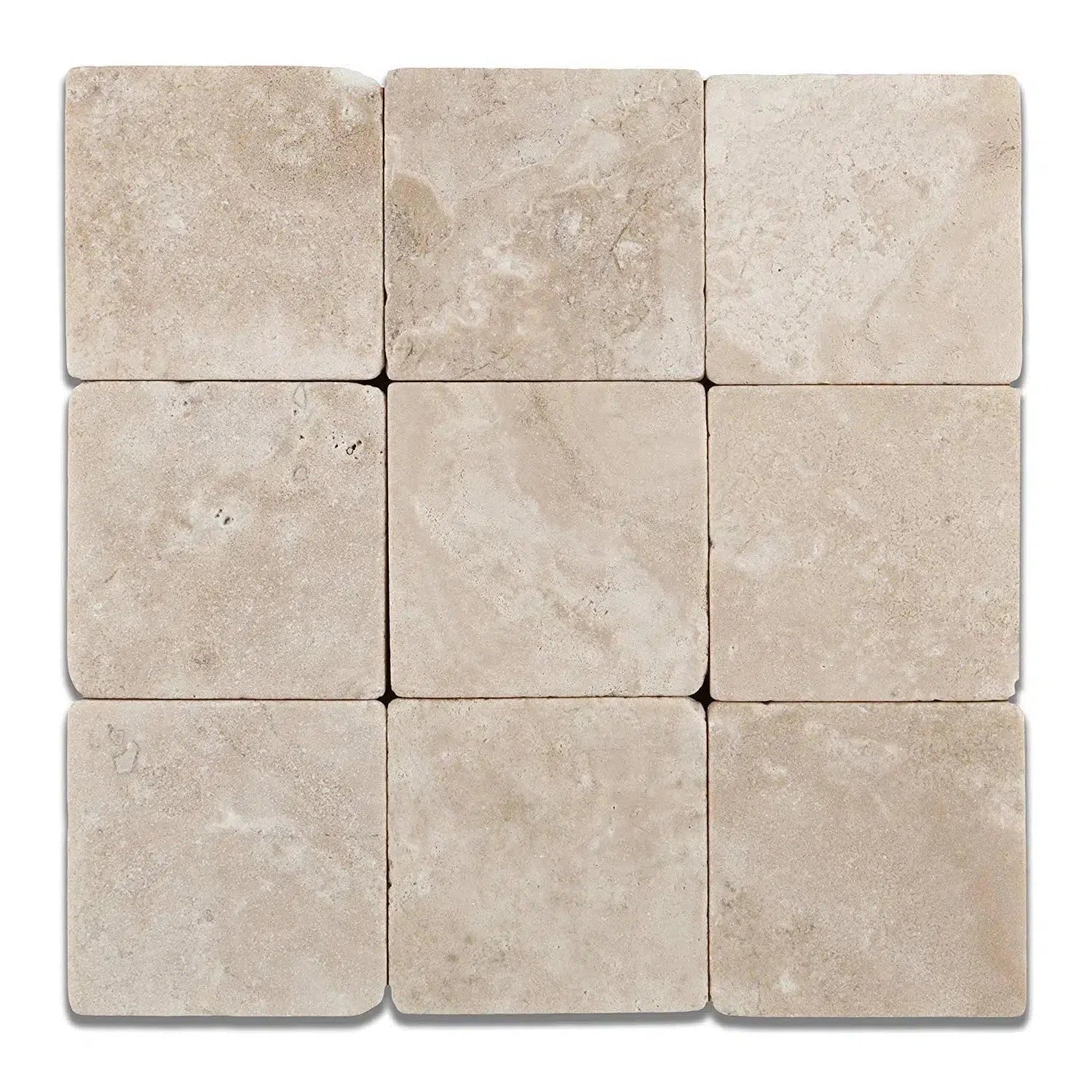 Durango Cream Traverine
Durango Cream Traverine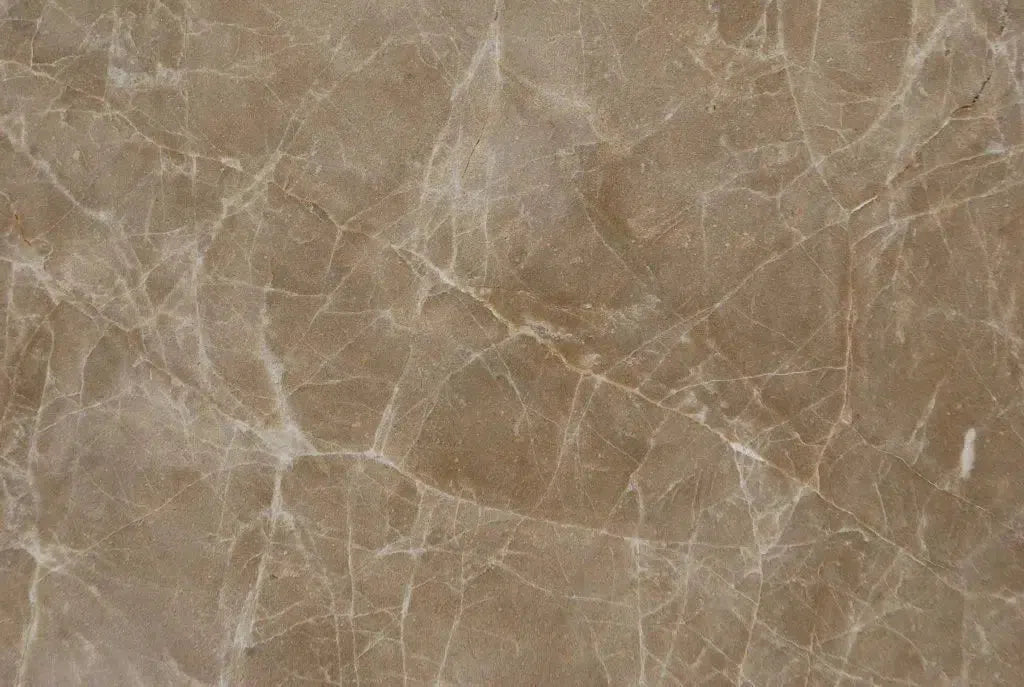 Emperador Light Marble
Emperador Light Marble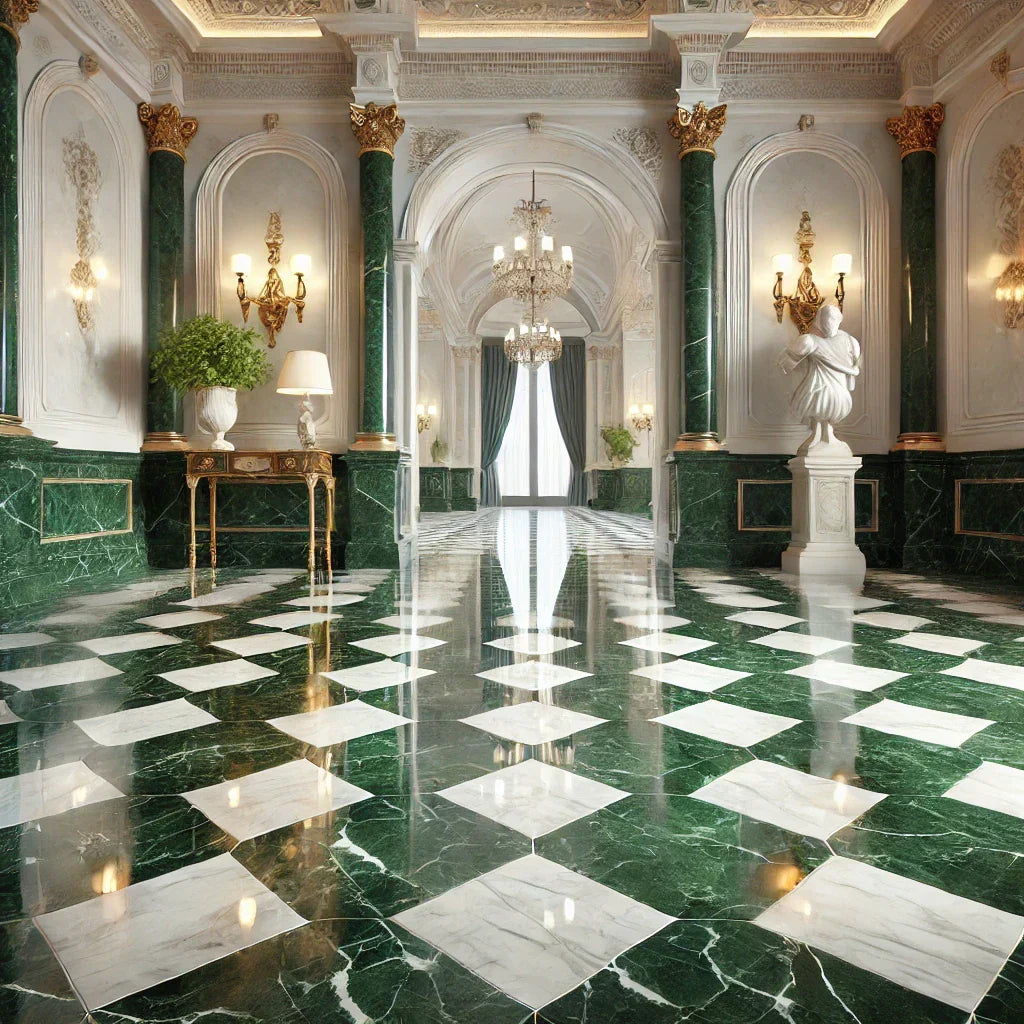 Empress Green Marble
Empress Green Marble Gold/Yellow Travertine
Gold/Yellow Travertine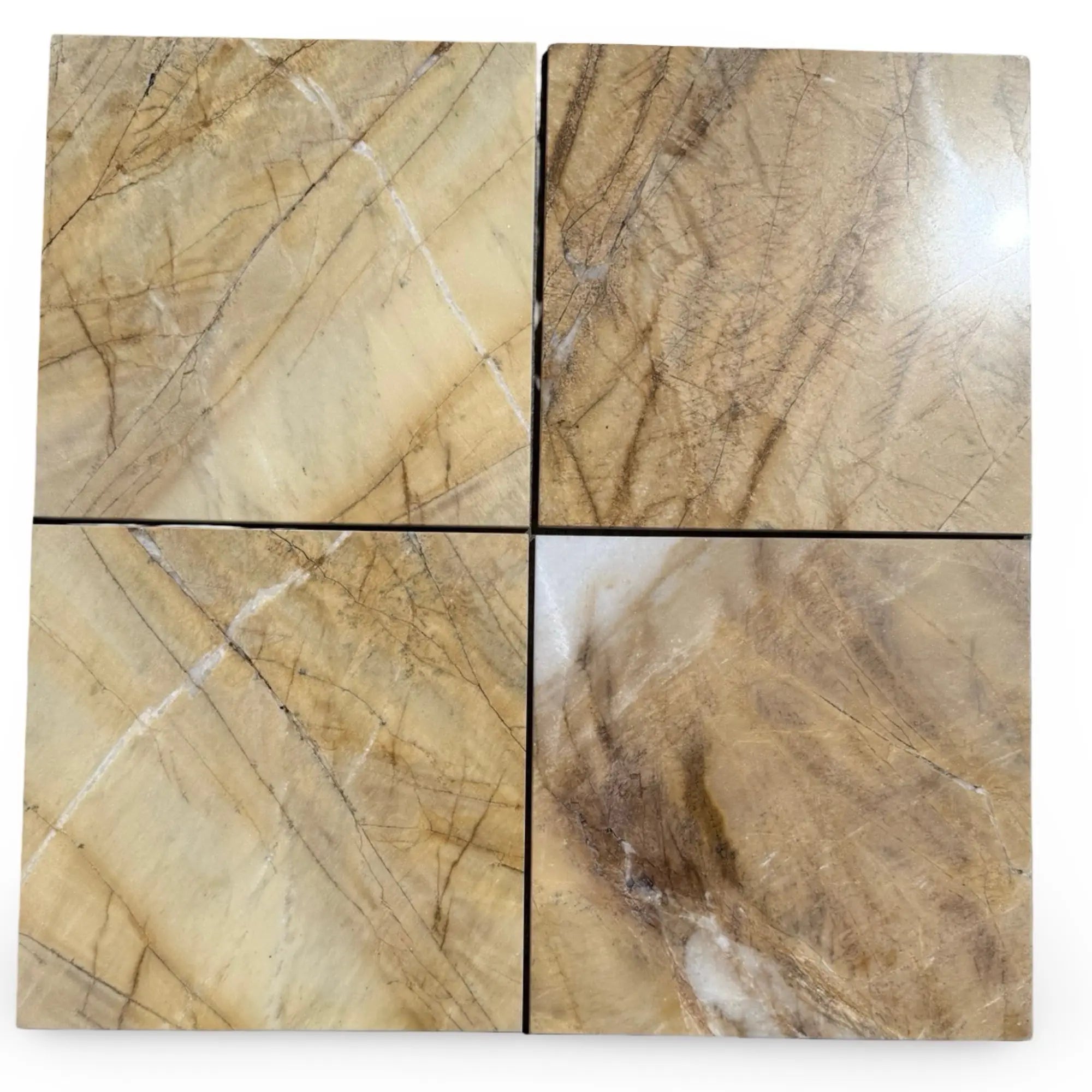 Golden Horizon Marble
Golden Horizon Marble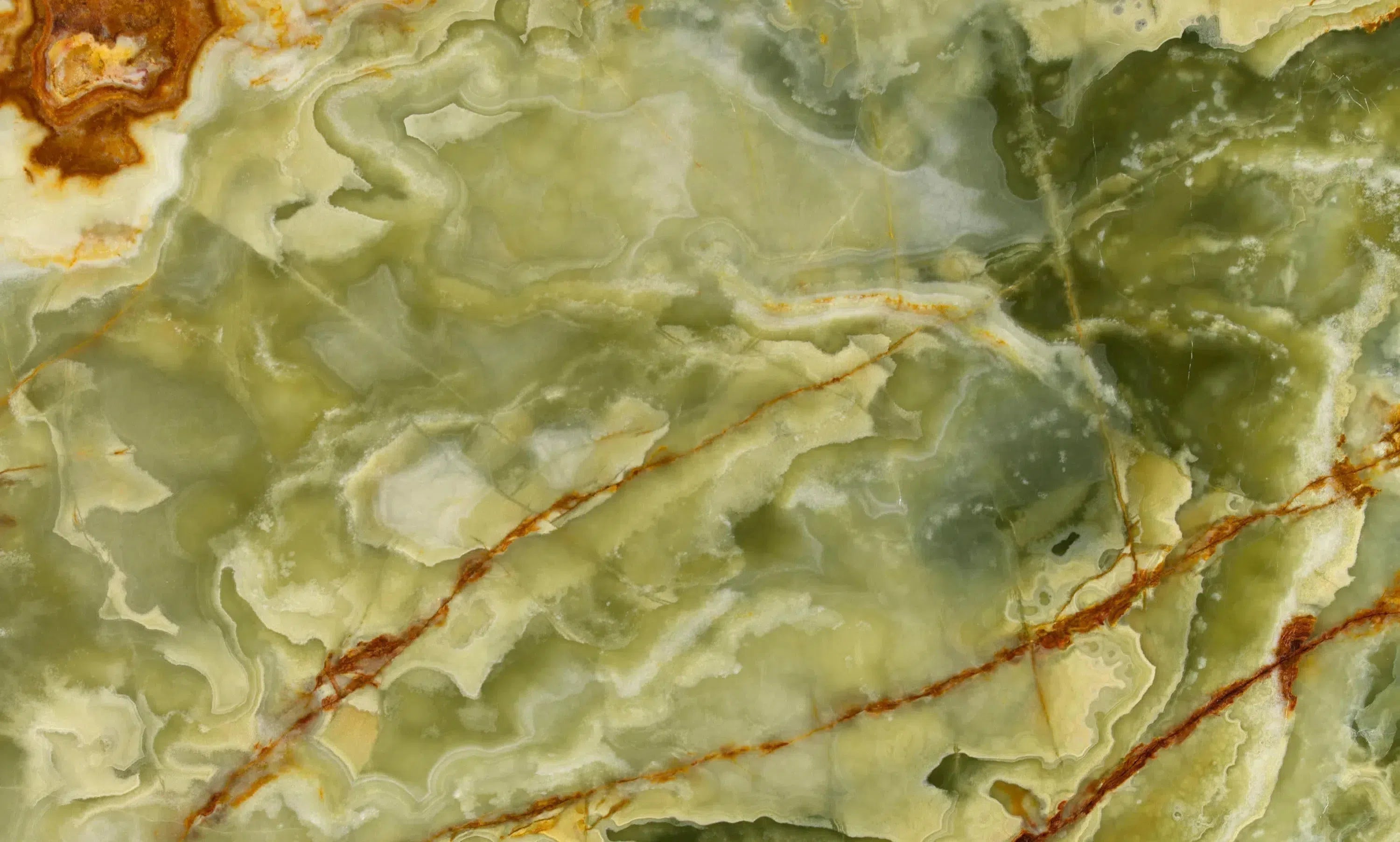 Green Onyx Marble
Green Onyx Marble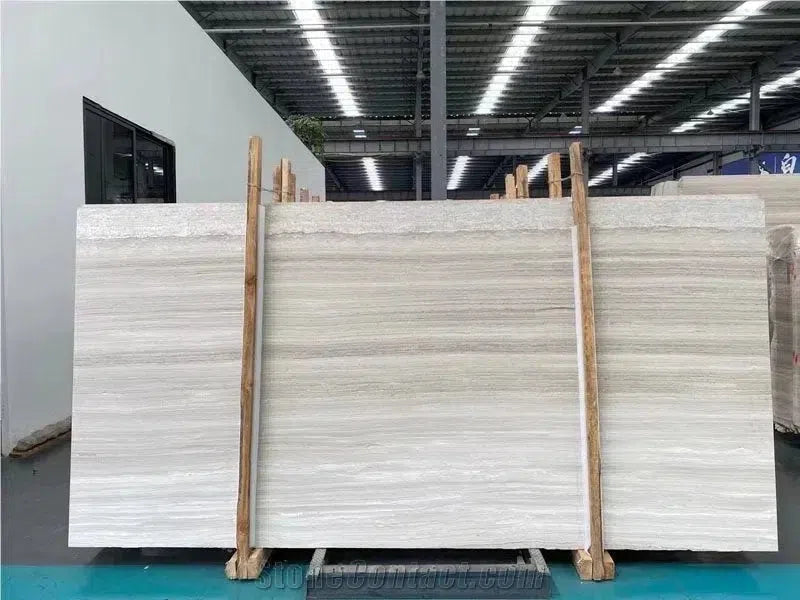 Haisa Light (White Wood) Limestone
Haisa Light (White Wood) Limestone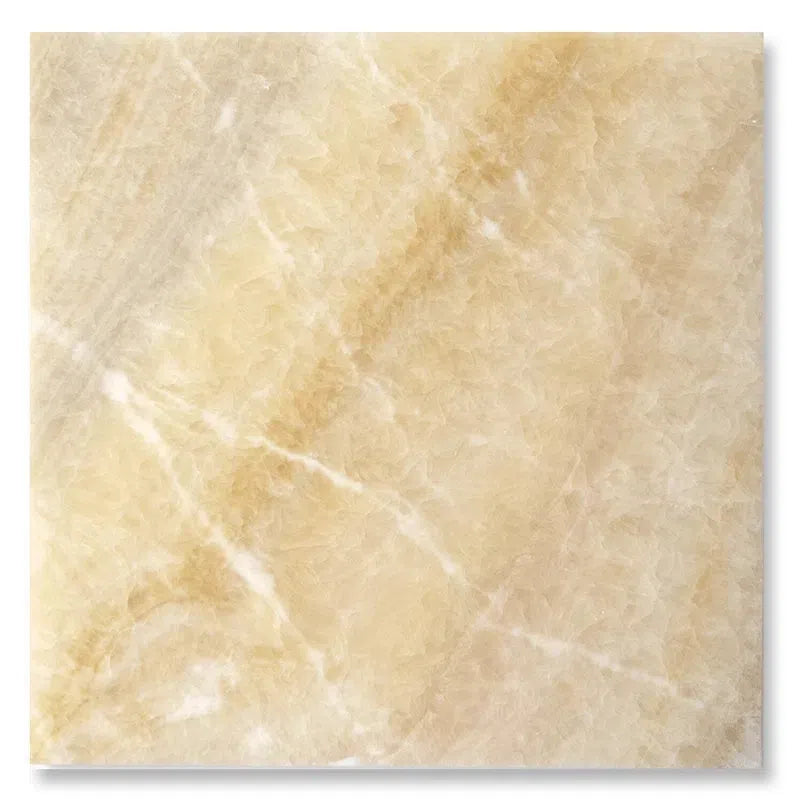 Honey Onyx Marble
Honey Onyx Marble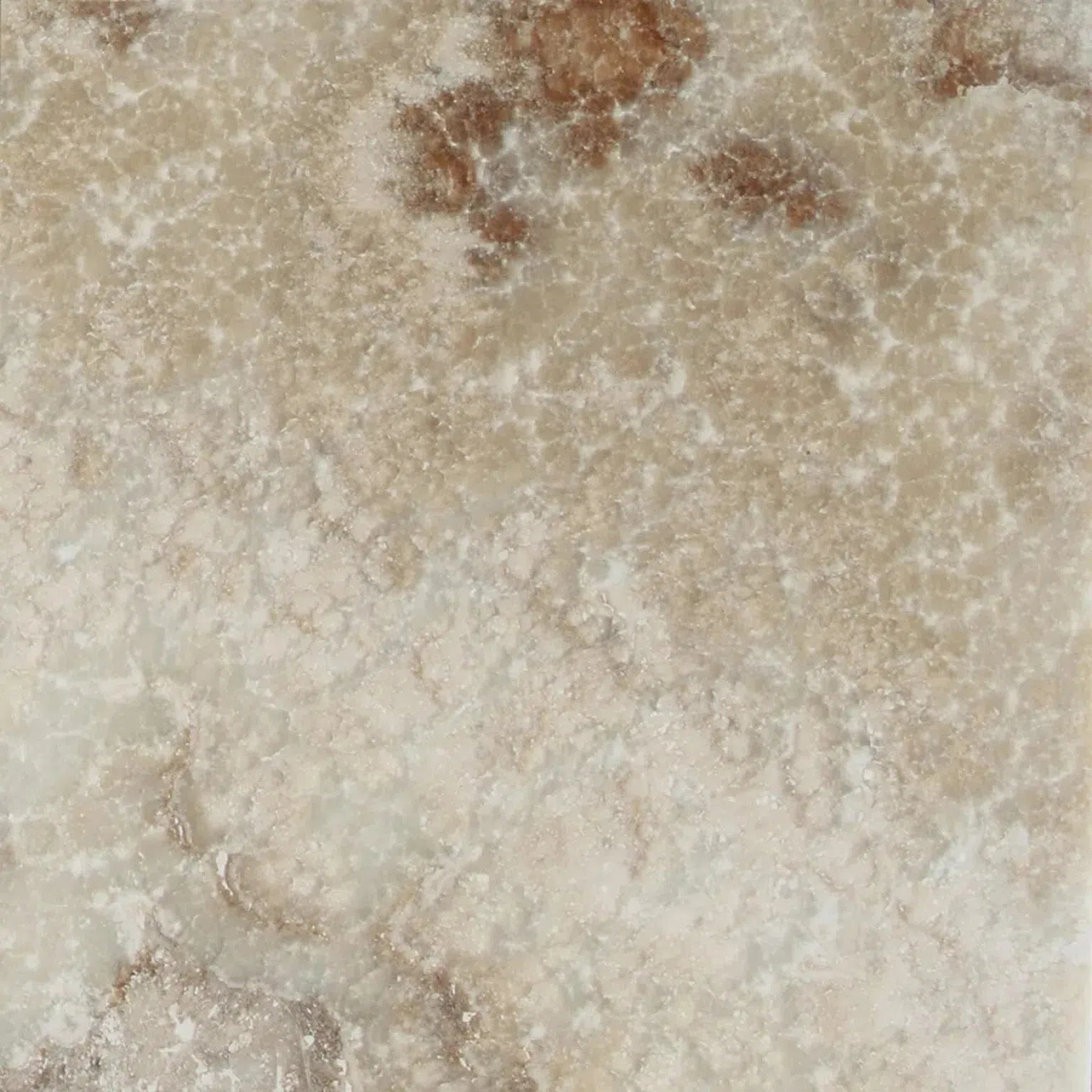 La Travonya Travertine
La Travonya Travertine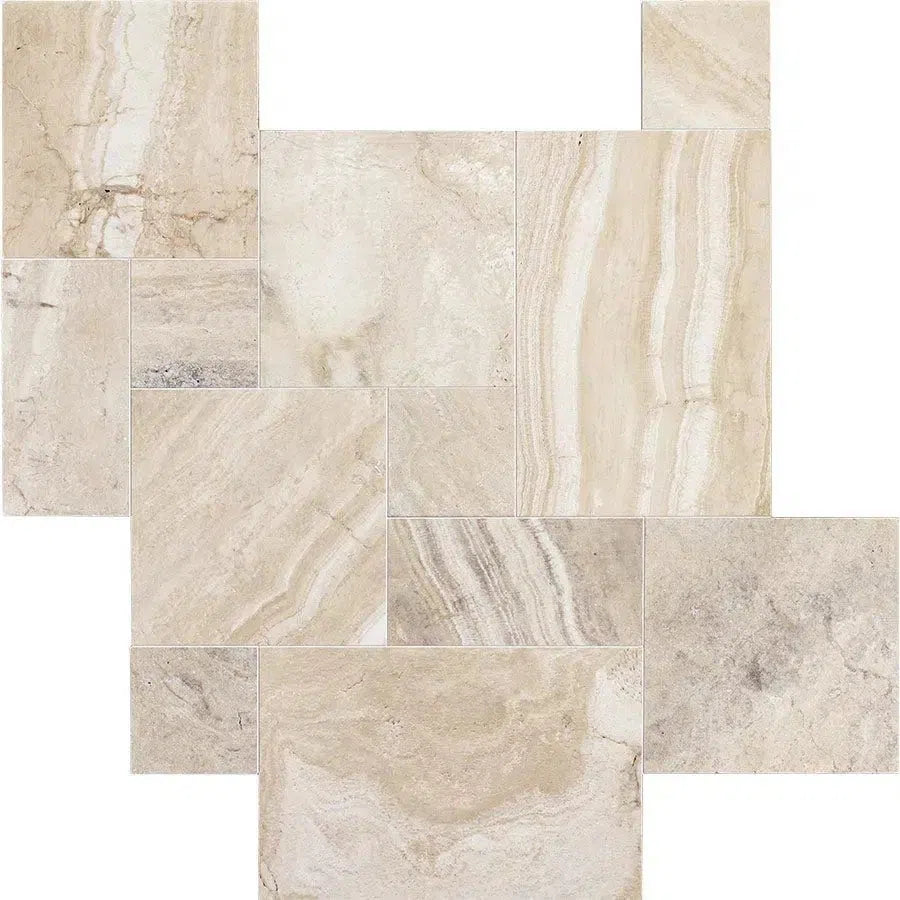 Malibu Travertine
Malibu Travertine Mink (Equator) Marble
Mink (Equator) Marble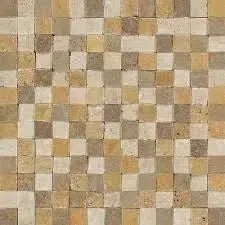 Mixed (Ivory-Noce-Gold) Travertine
Mixed (Ivory-Noce-Gold) Travertine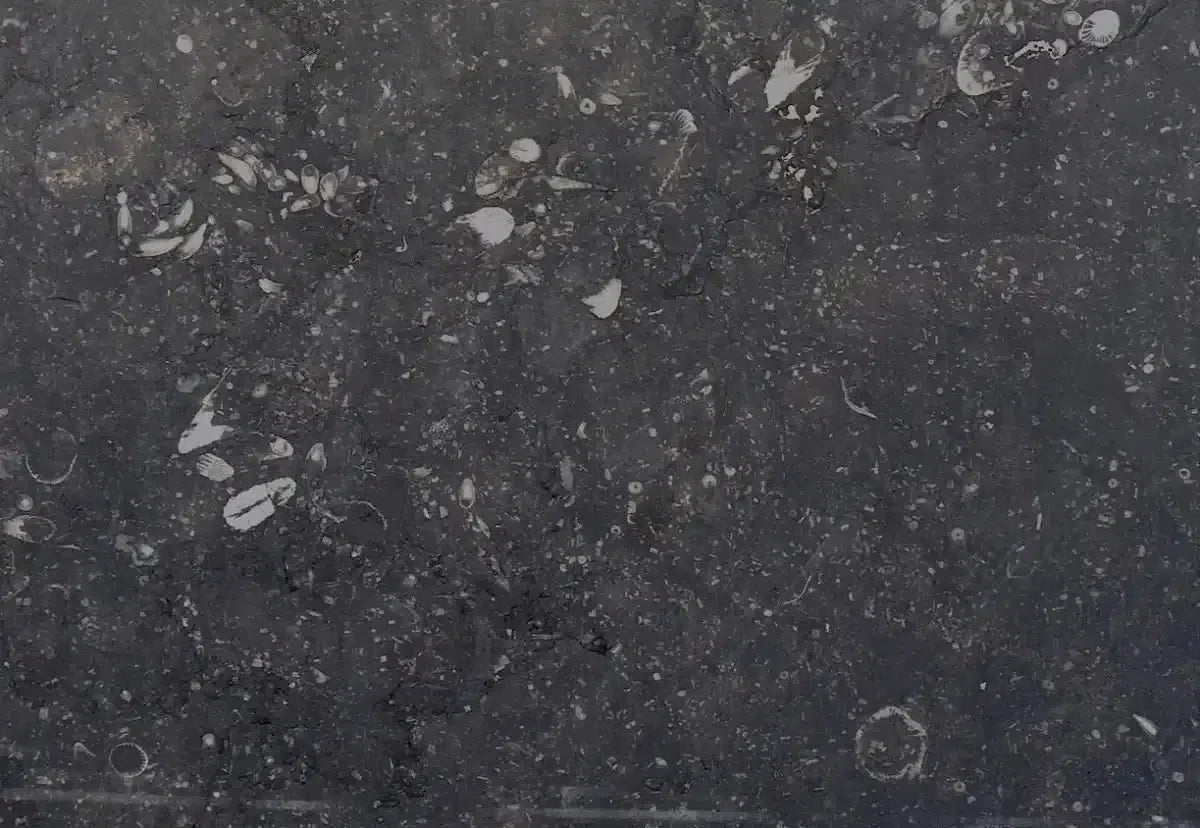 Pierre Bleue (Pierre Blue) Marble
Pierre Bleue (Pierre Blue) Marble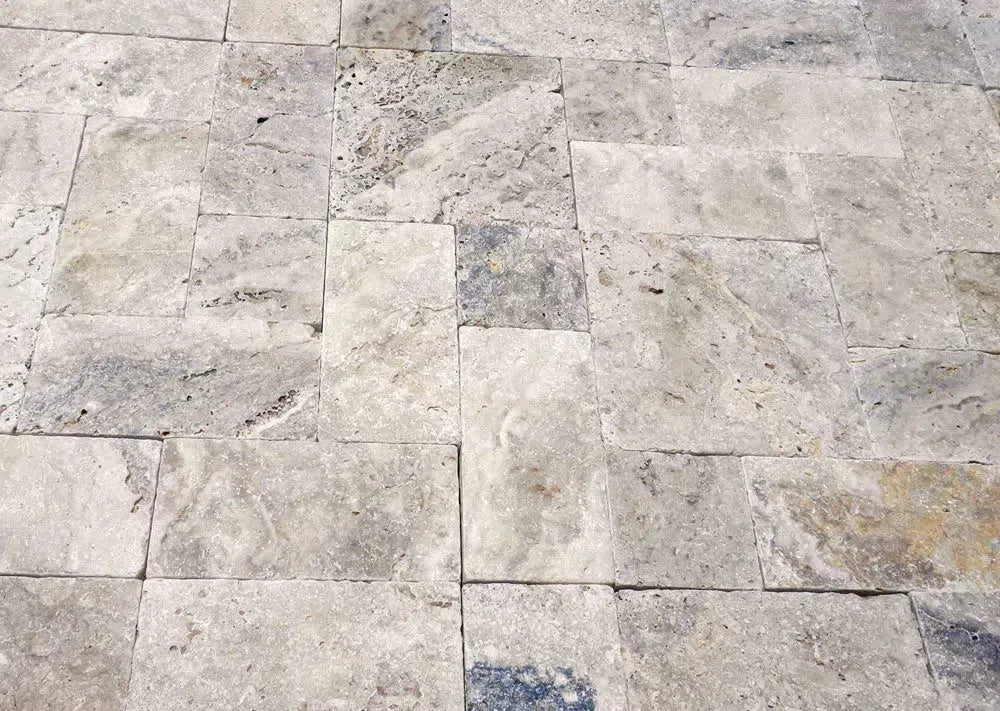 Philadelphia Travertine
Philadelphia Travertine Rosé Aurora Marble
Rosé Aurora Marble Rosetta Storm Marble
Rosetta Storm Marble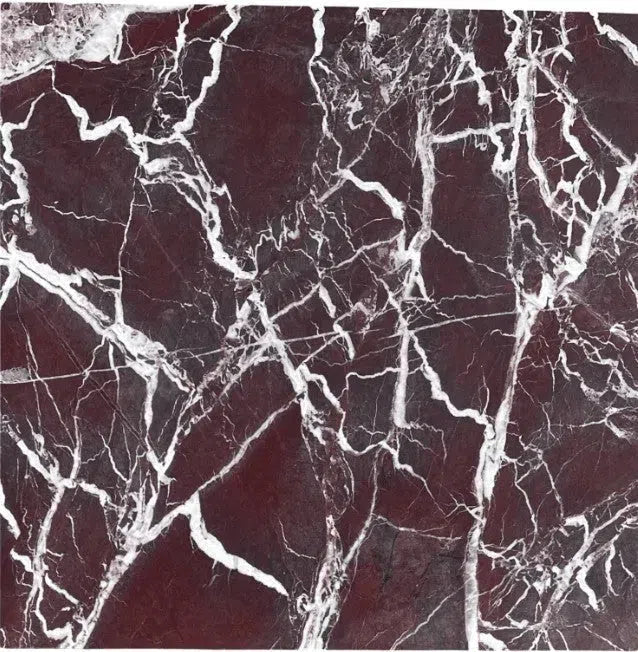 Rosso Levanto Marble
Rosso Levanto Marble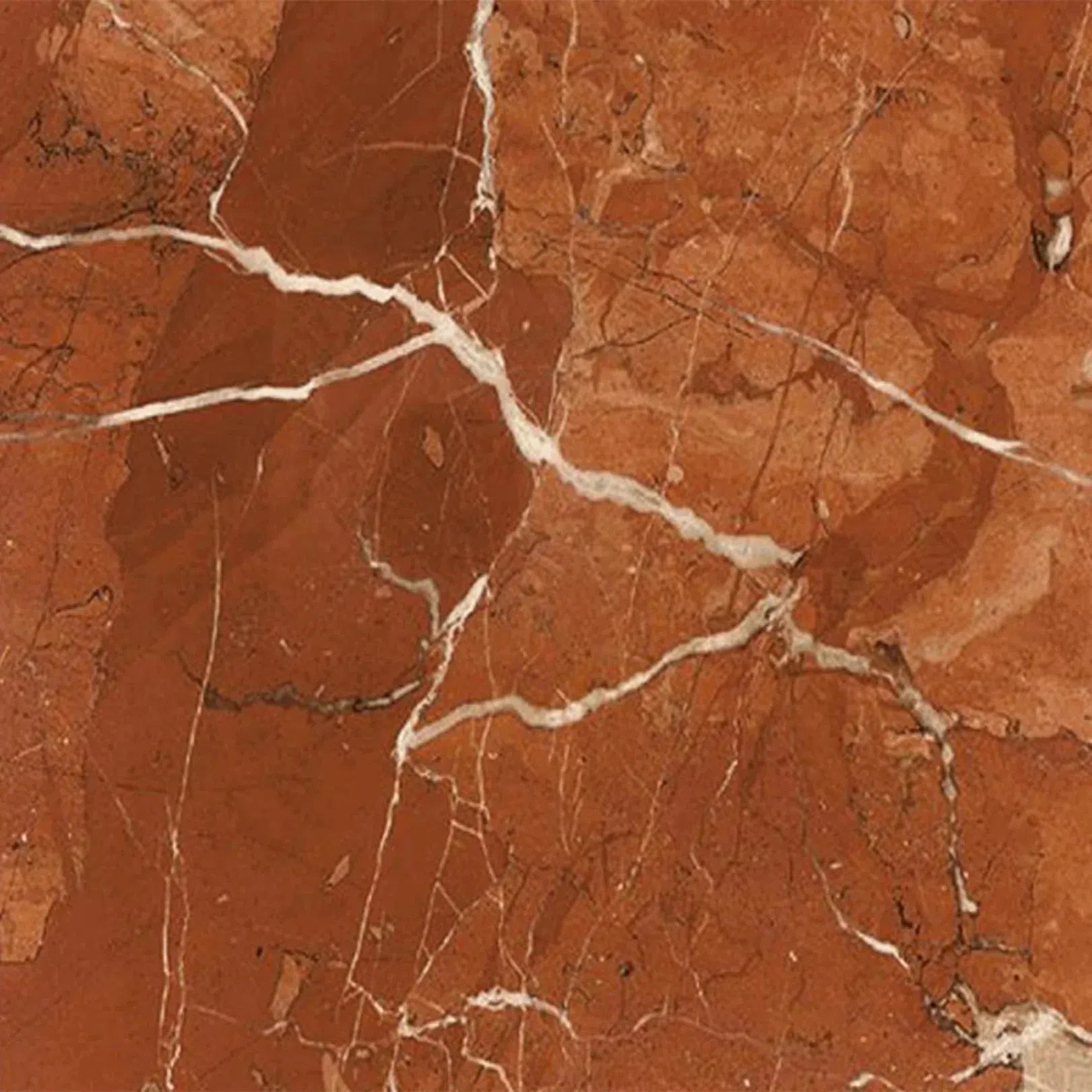 Rojo Alicante Marble
Rojo Alicante Marble Sahara Ember Marble
Sahara Ember Marble Sky Blue | Azul Cielo Marble
Sky Blue | Azul Cielo Marble Snow White (Afyon White) Marble
Snow White (Afyon White) Marble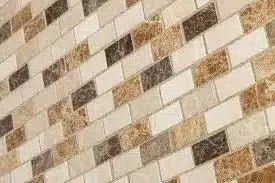 Spanish Mix Marble
Spanish Mix Marble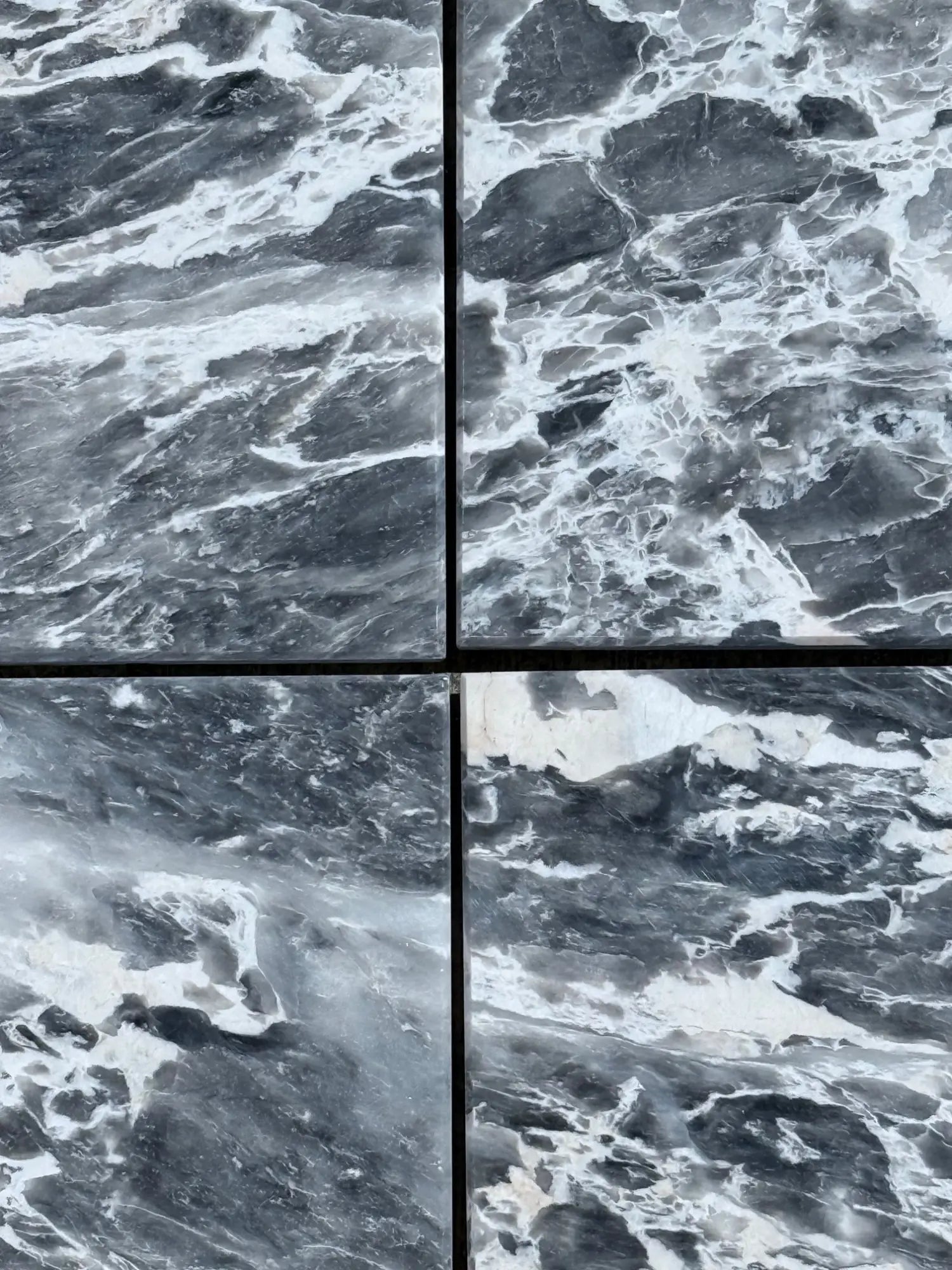 Storm Gray Marble
Storm Gray Marble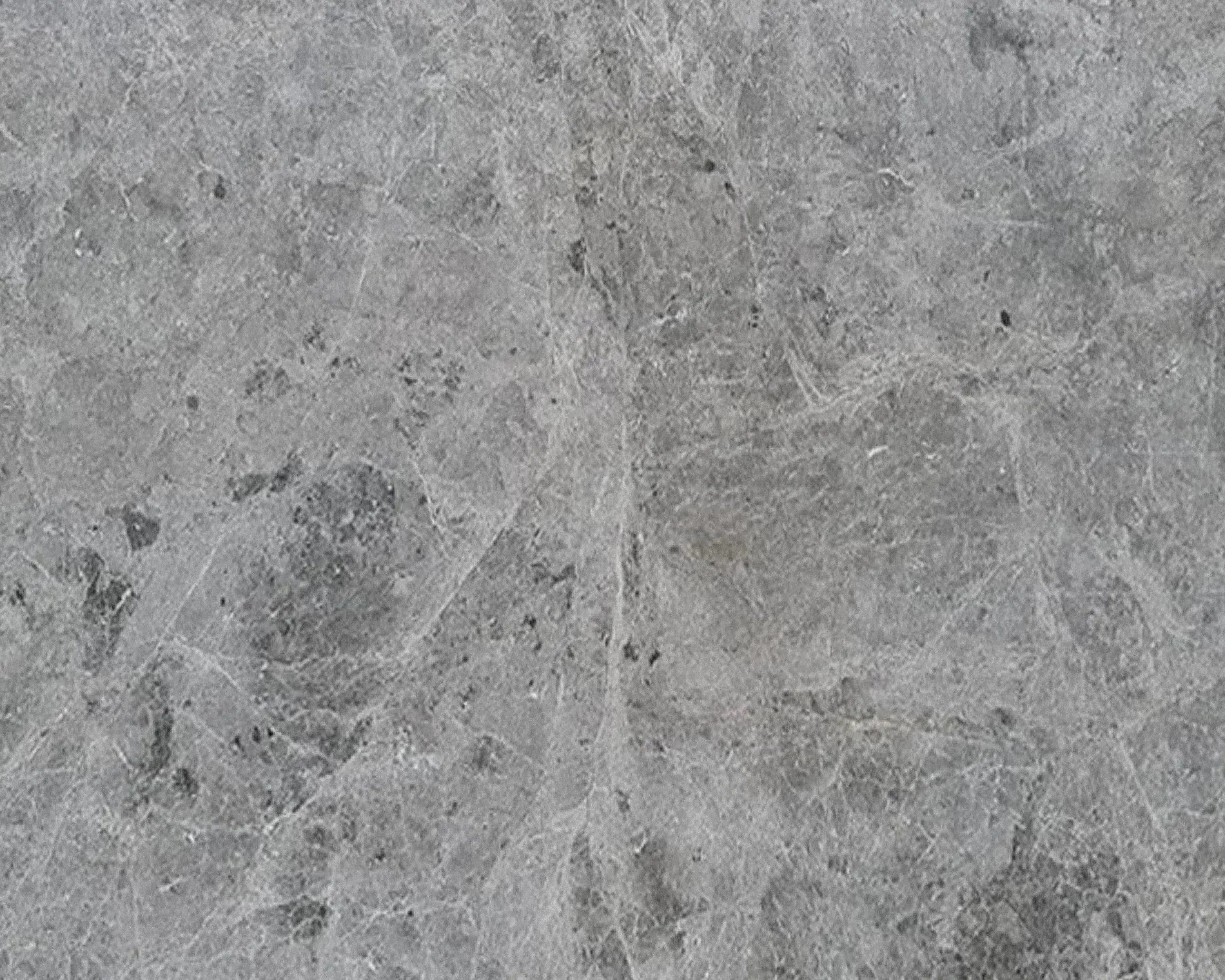 Tundra Gray (Atlantic Gray) Marble
Tundra Gray (Atlantic Gray) Marble Valencia Travertine
Valencia Travertine Valerenga Travertine
Valerenga Travertine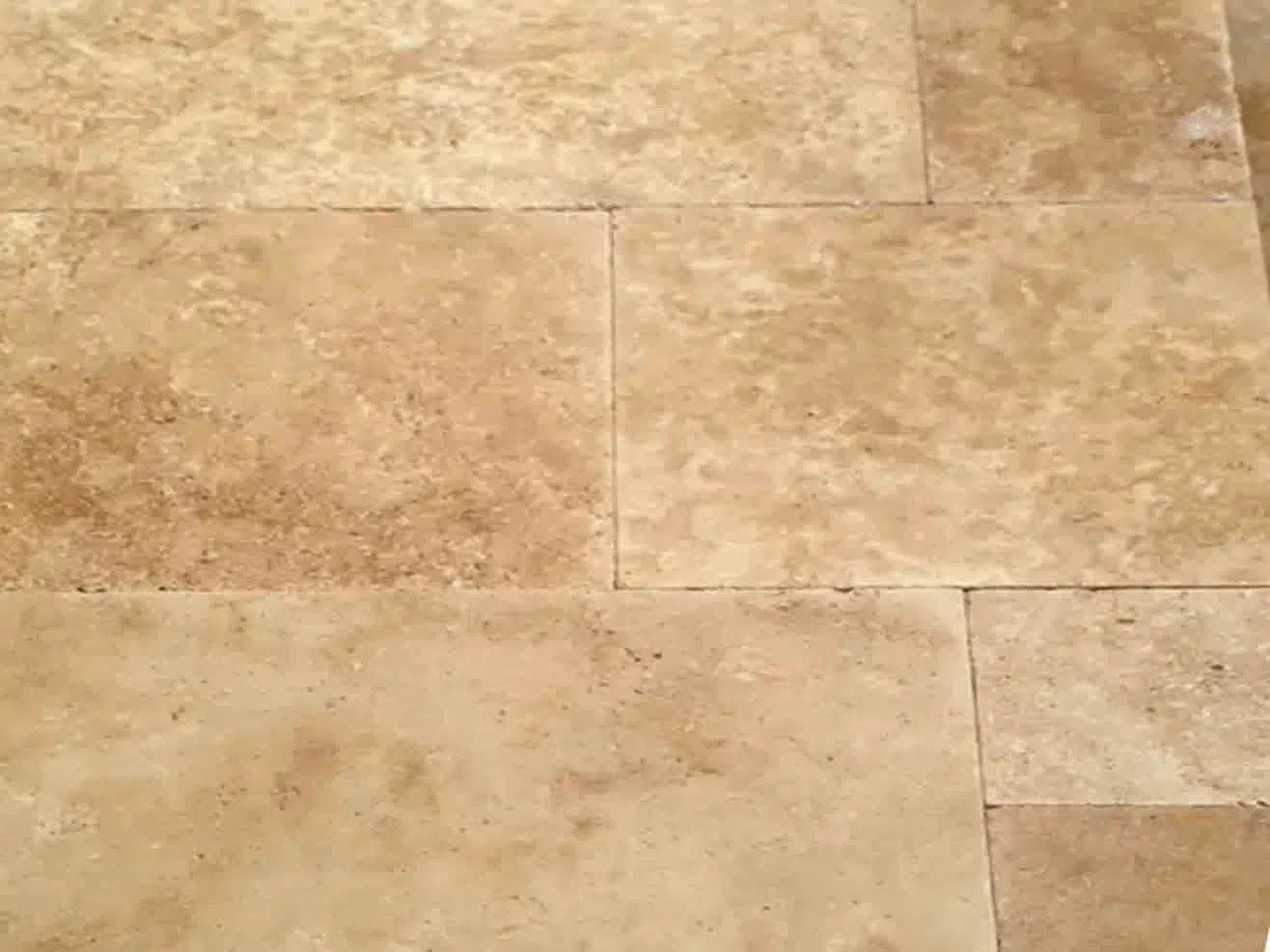 Walnut Travertine
Walnut Travertine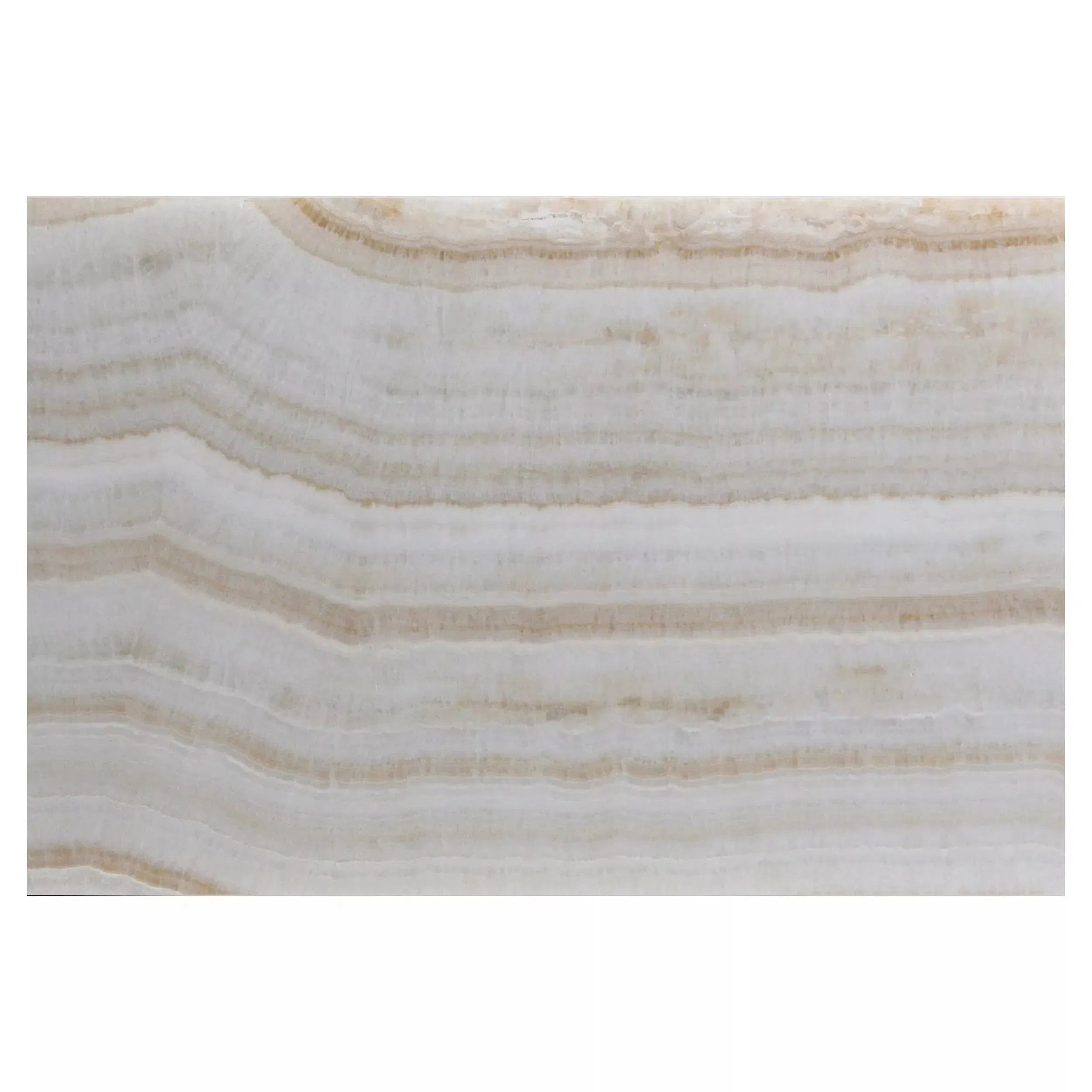 White Onyx Marble
White Onyx Marble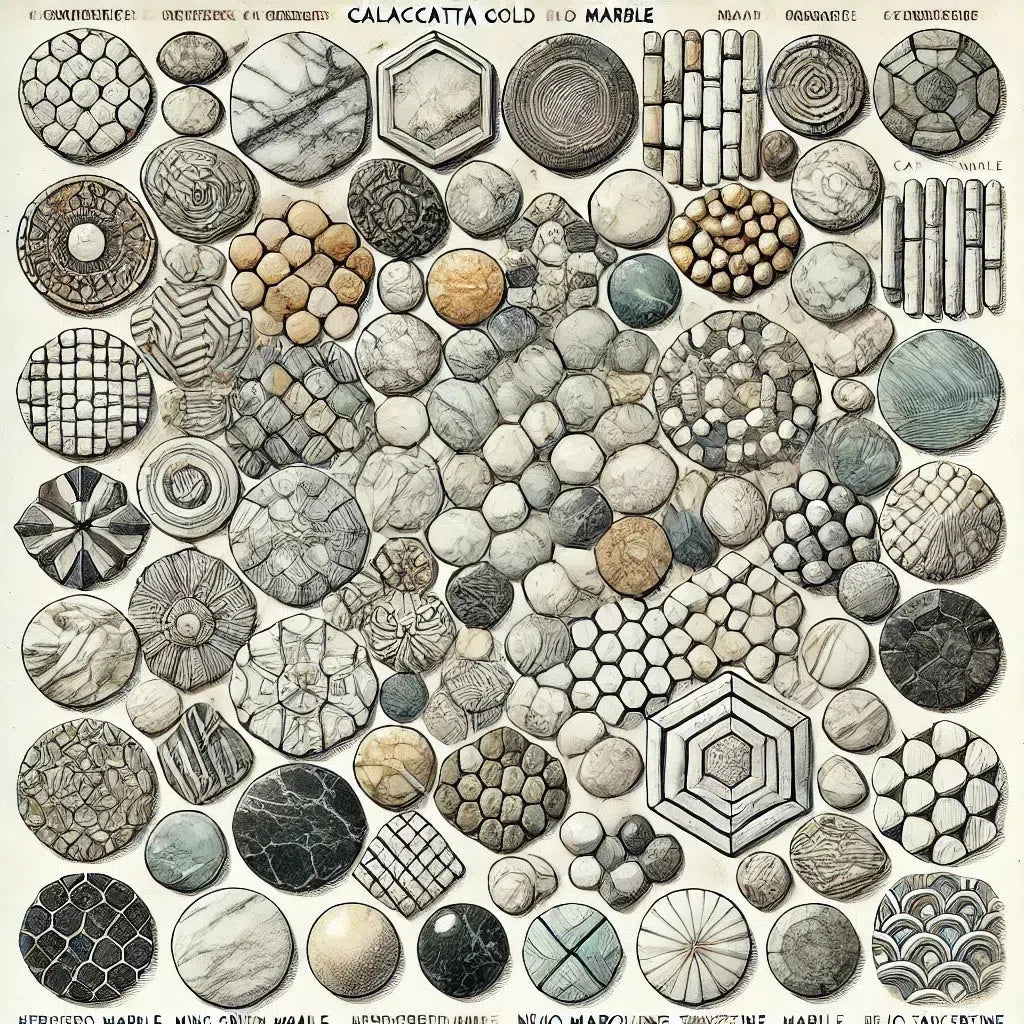 Shop By Type
Shop By Type
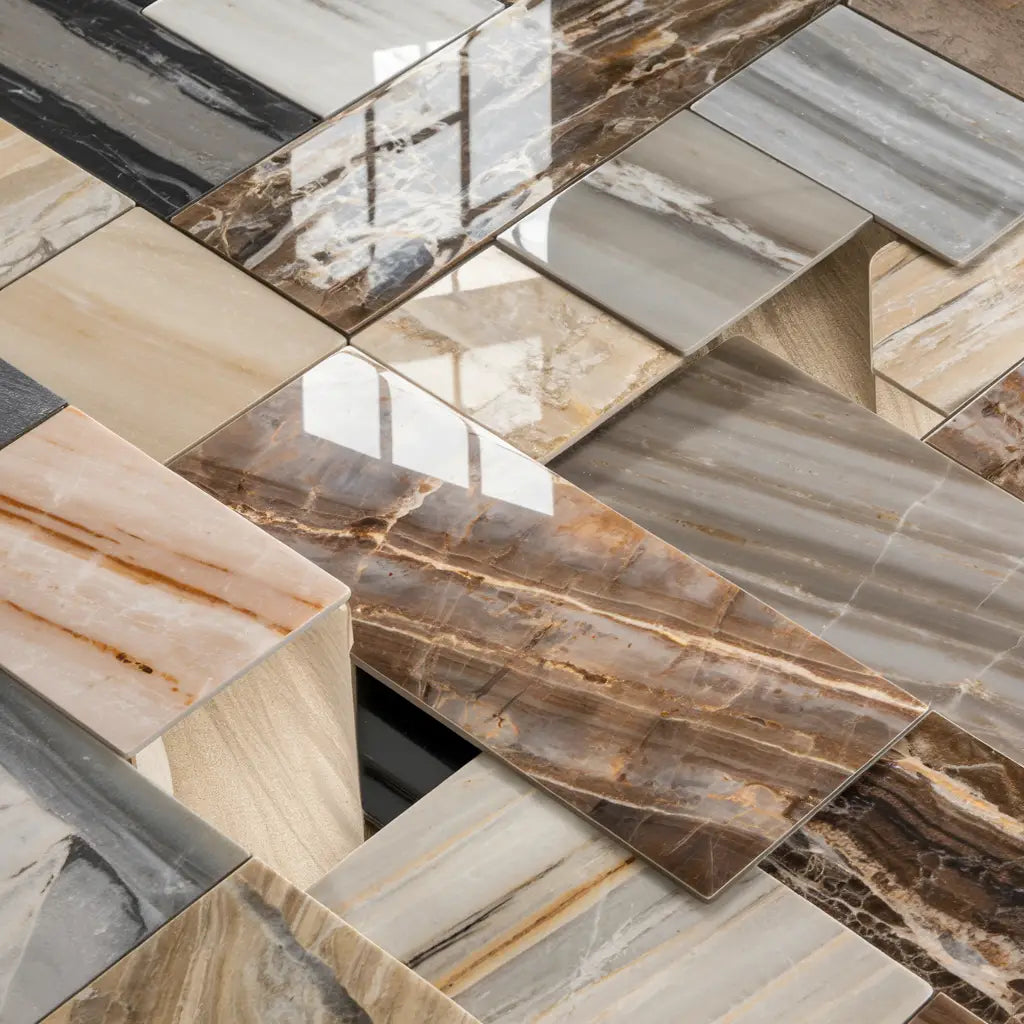 Marble Tiles
Marble Tiles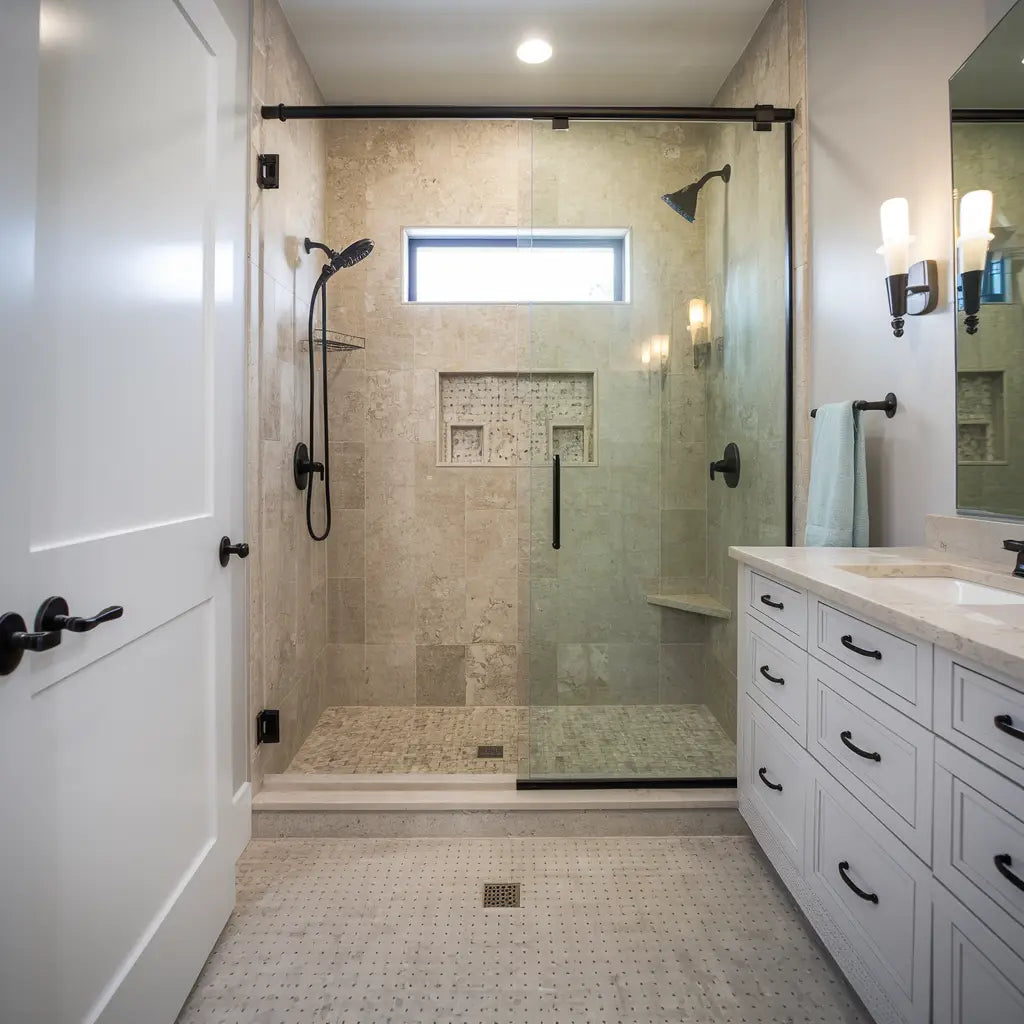 Marble Mosaic
Marble Mosaic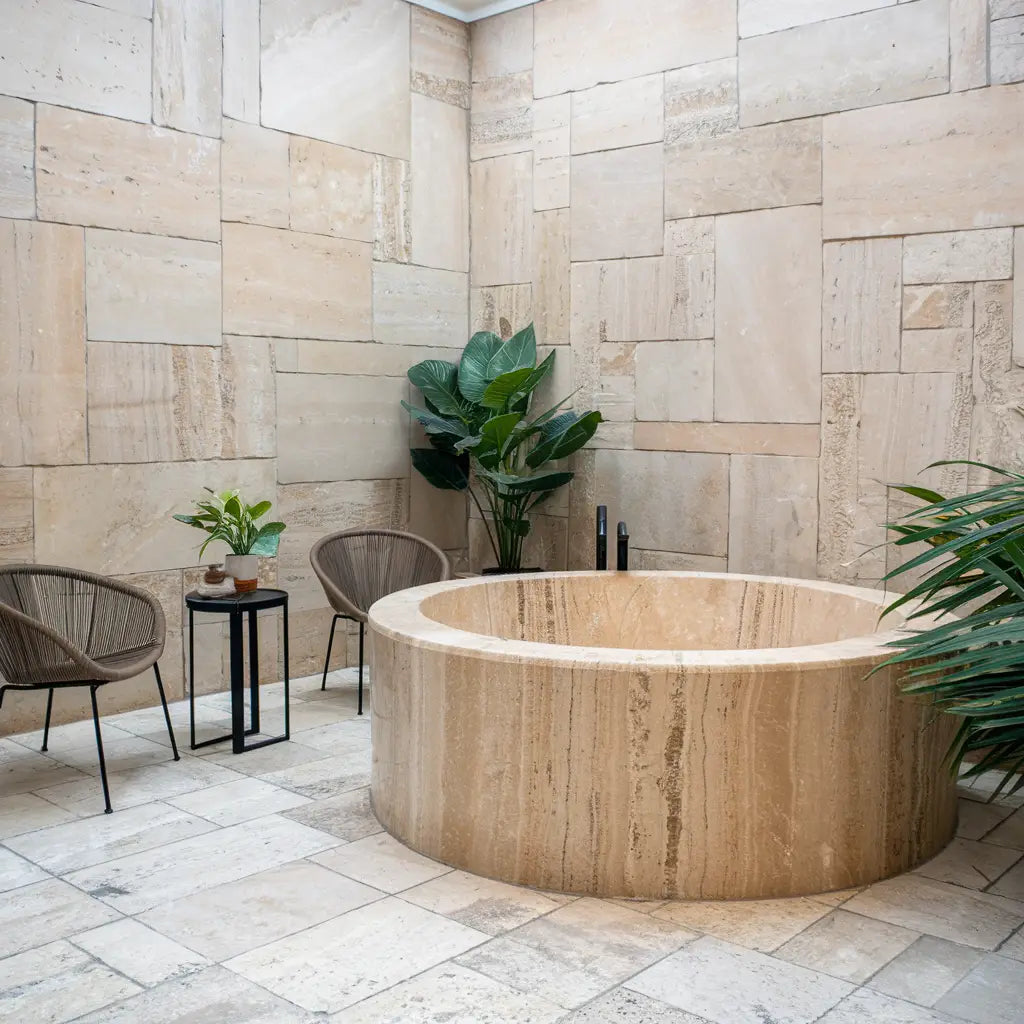 Travertine Tiles
Travertine Tiles Travertine Mosaic
Travertine Mosaic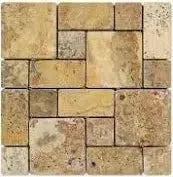 4 pcs Versailles Pattern / French Pattern Set
4 pcs Versailles Pattern / French Pattern Set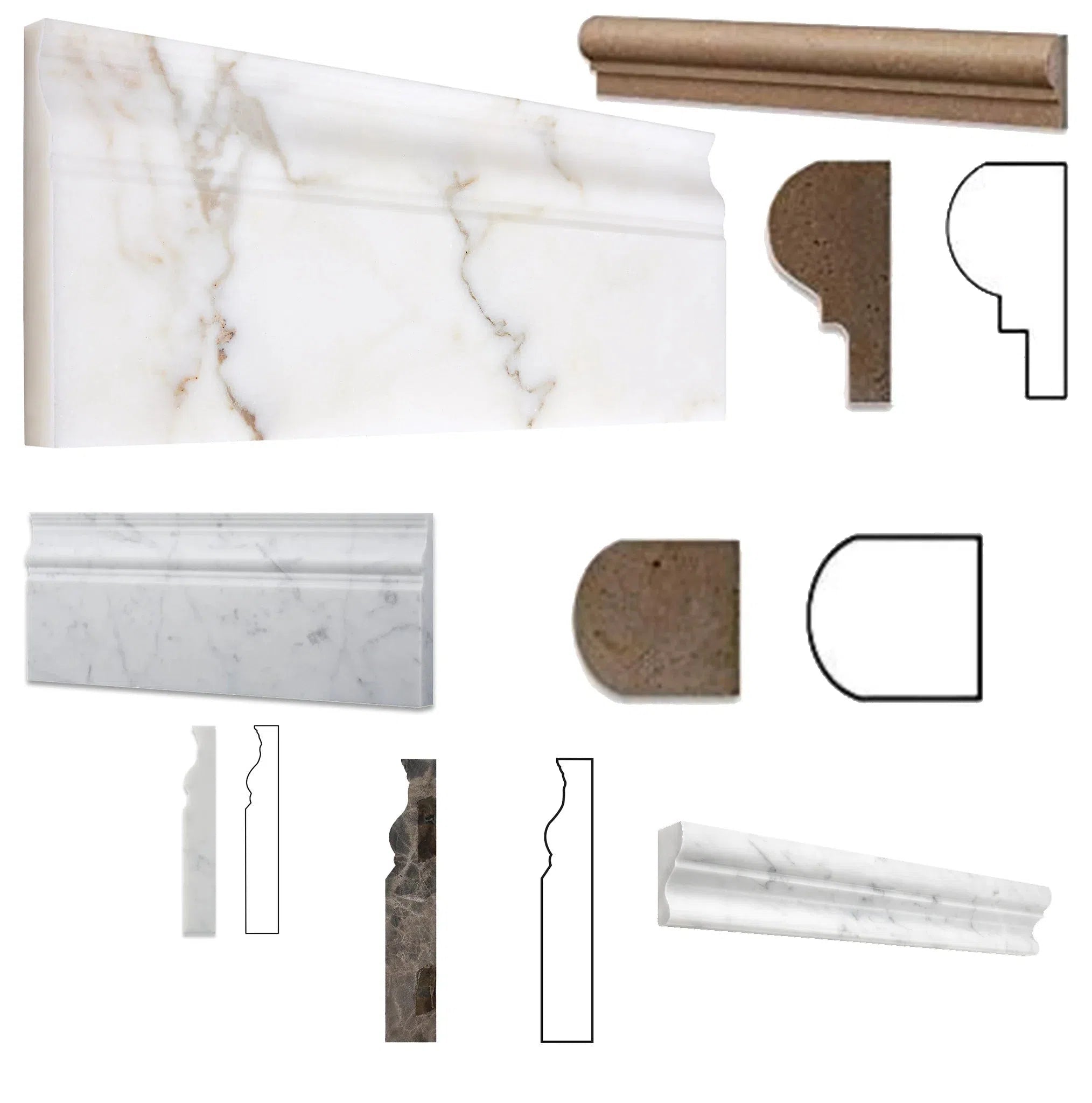 Molding/Trim
Molding/Trim Border/Listello
Border/Listello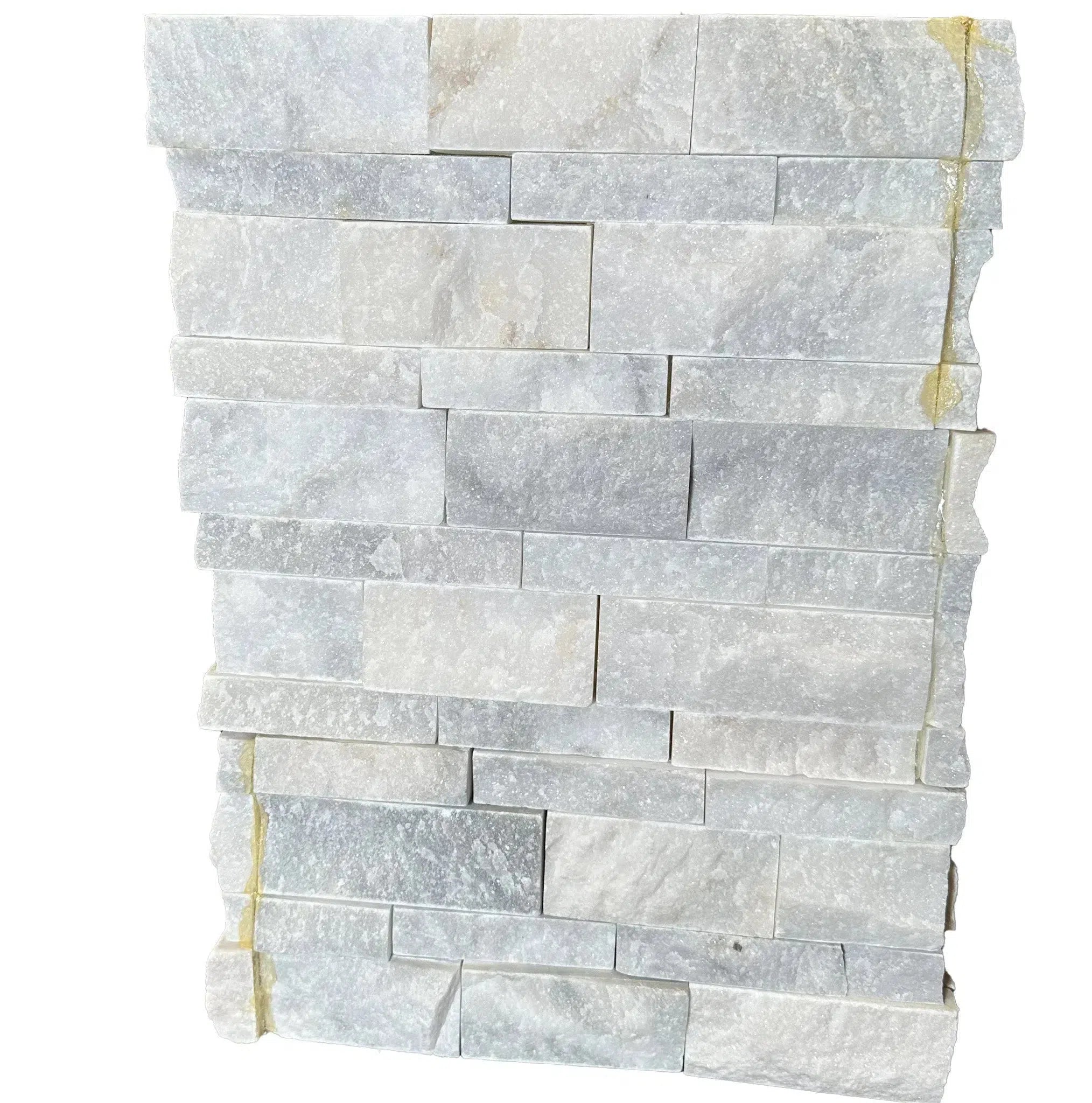 Ledger-Panel
Ledger-Panel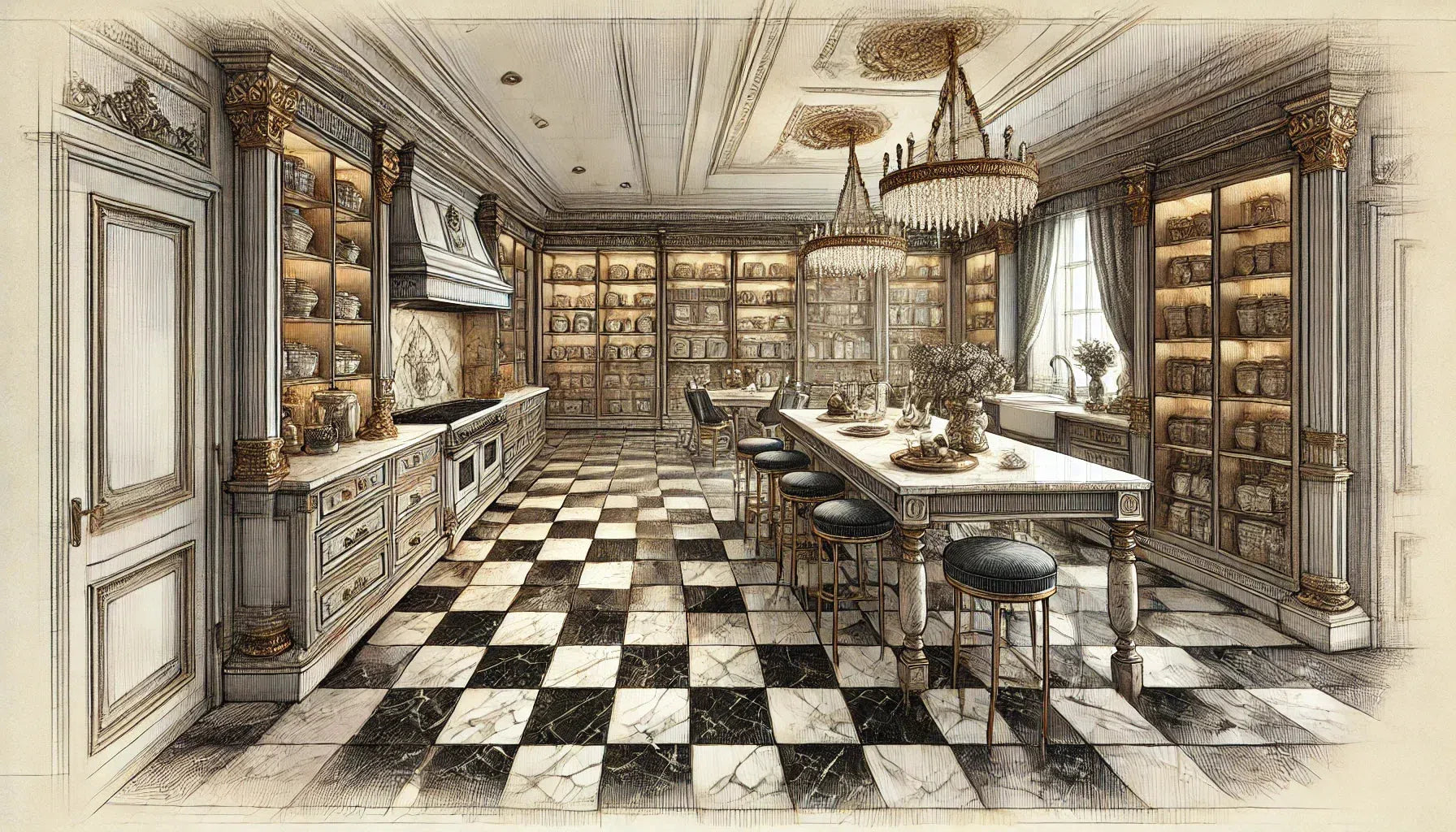 Checkerboard
Checkerboard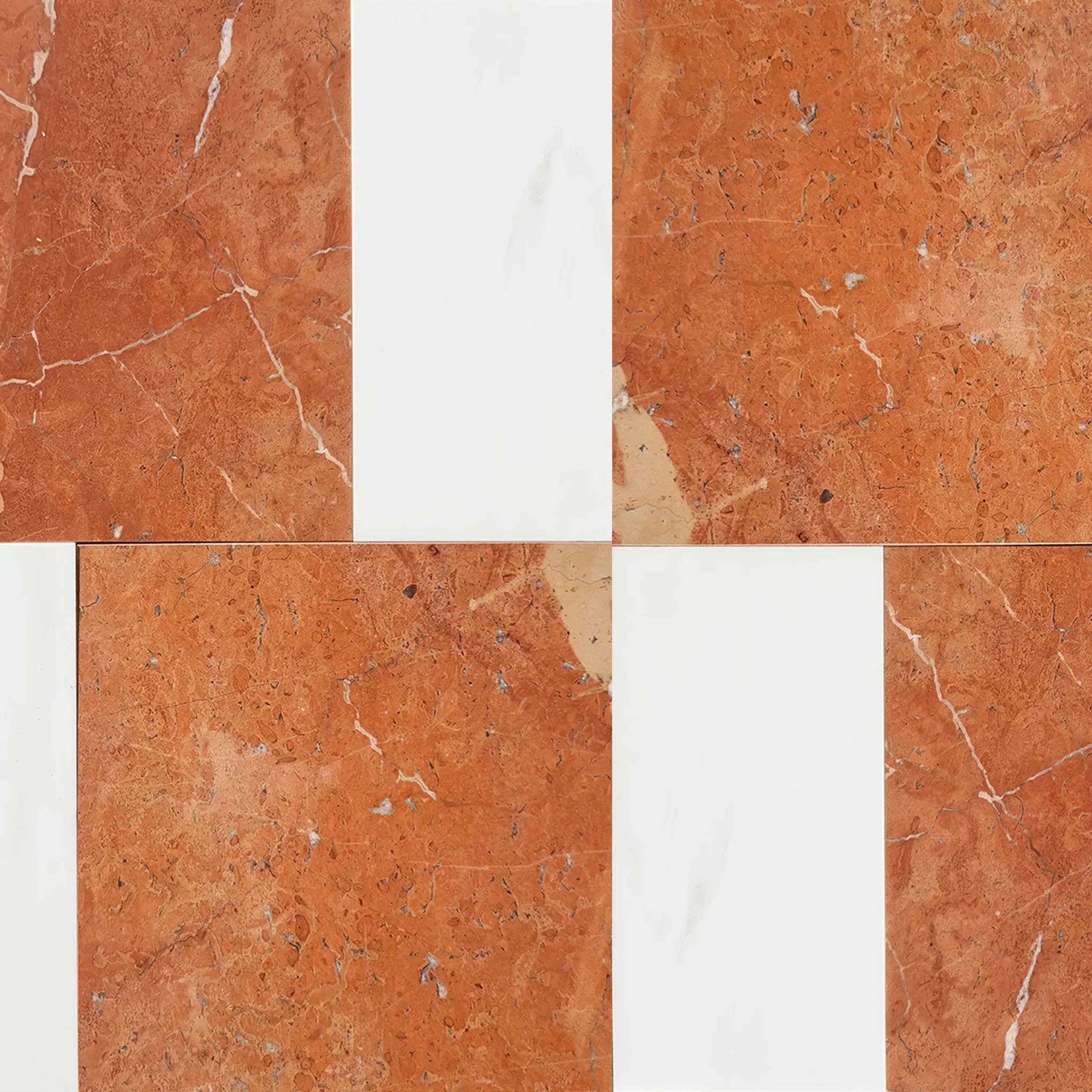 Patterned Tile Collection
Patterned Tile Collection 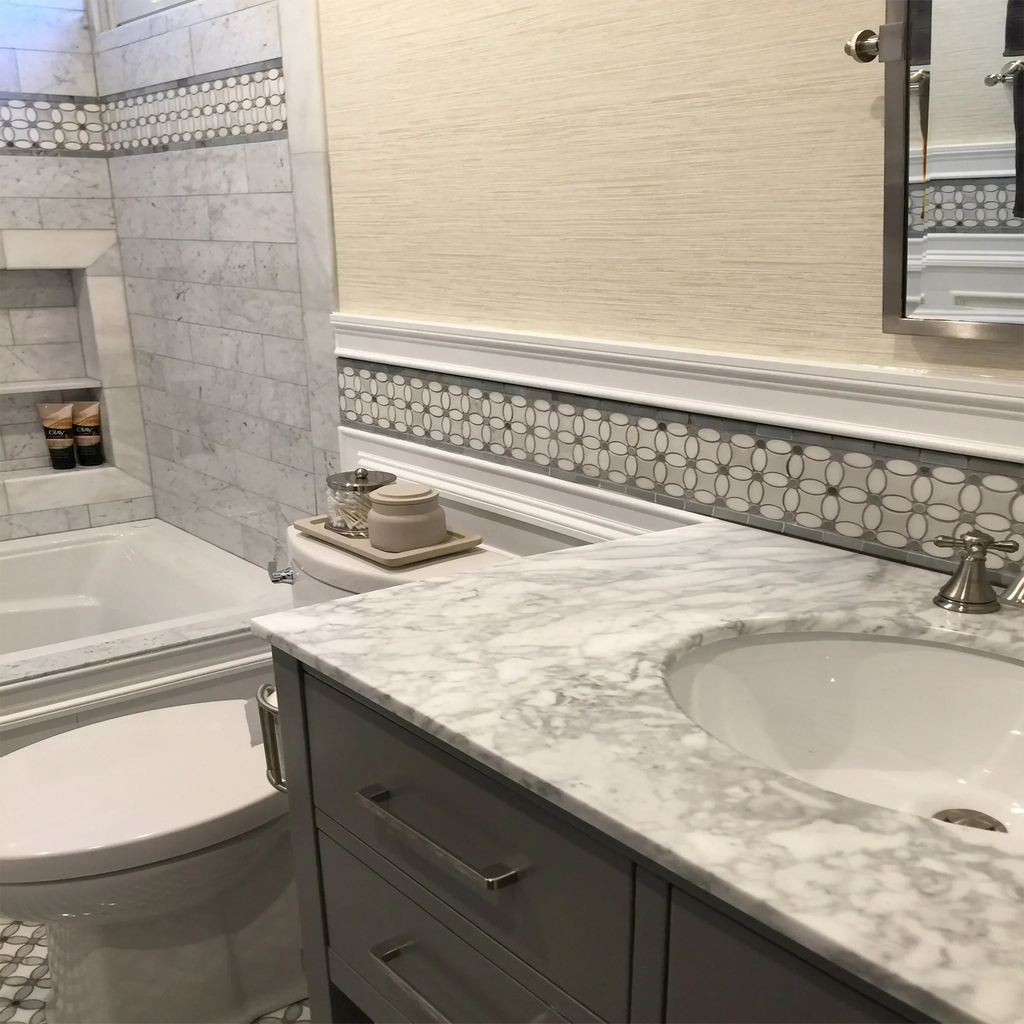 Shop By Finish
Shop By Finish
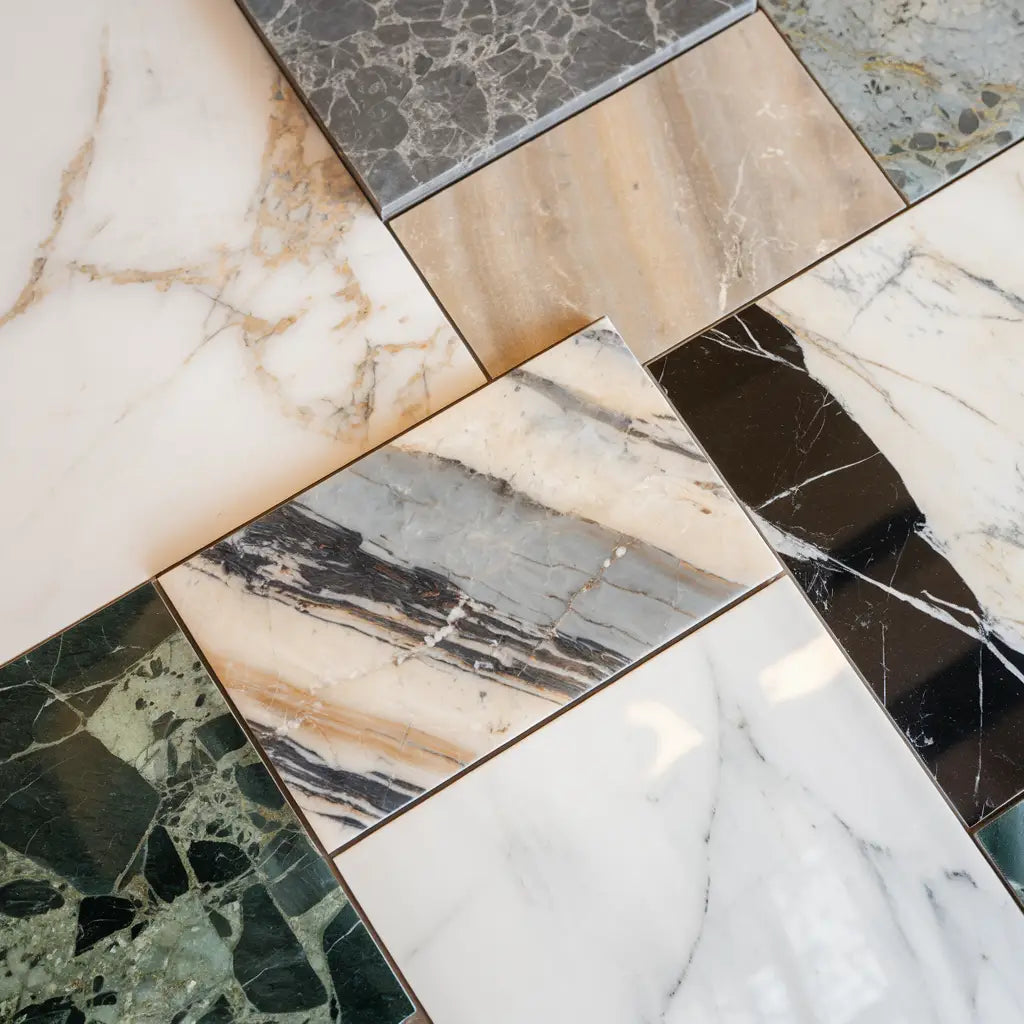 Polished
Polished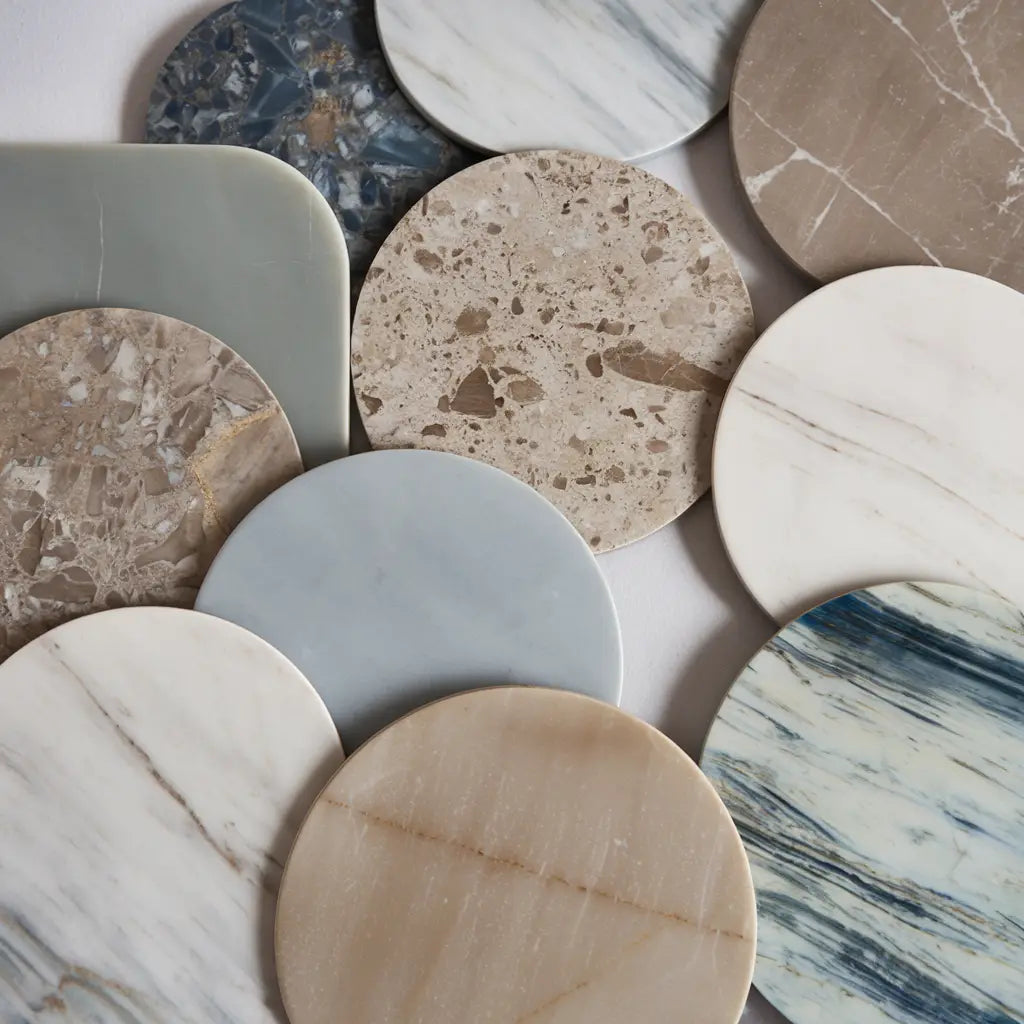 Honed
Honed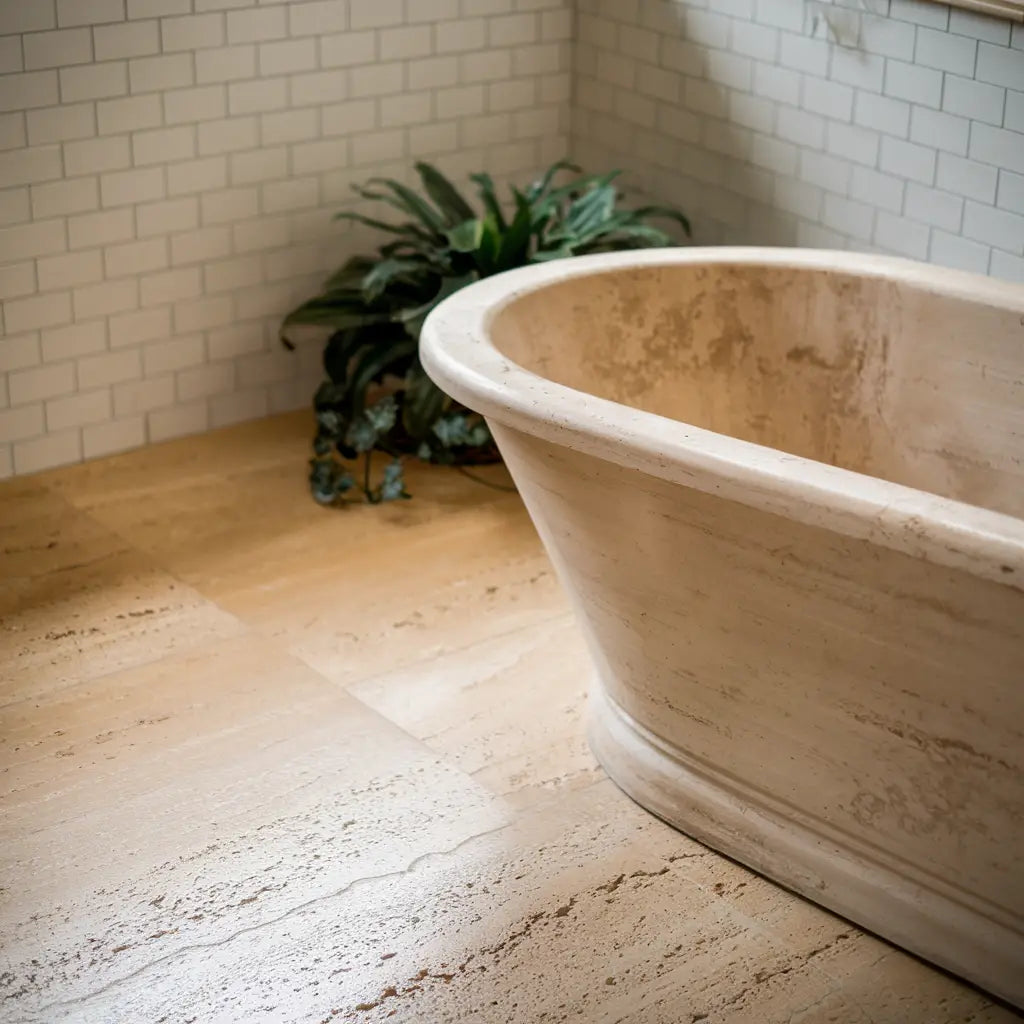 Brushed
Brushed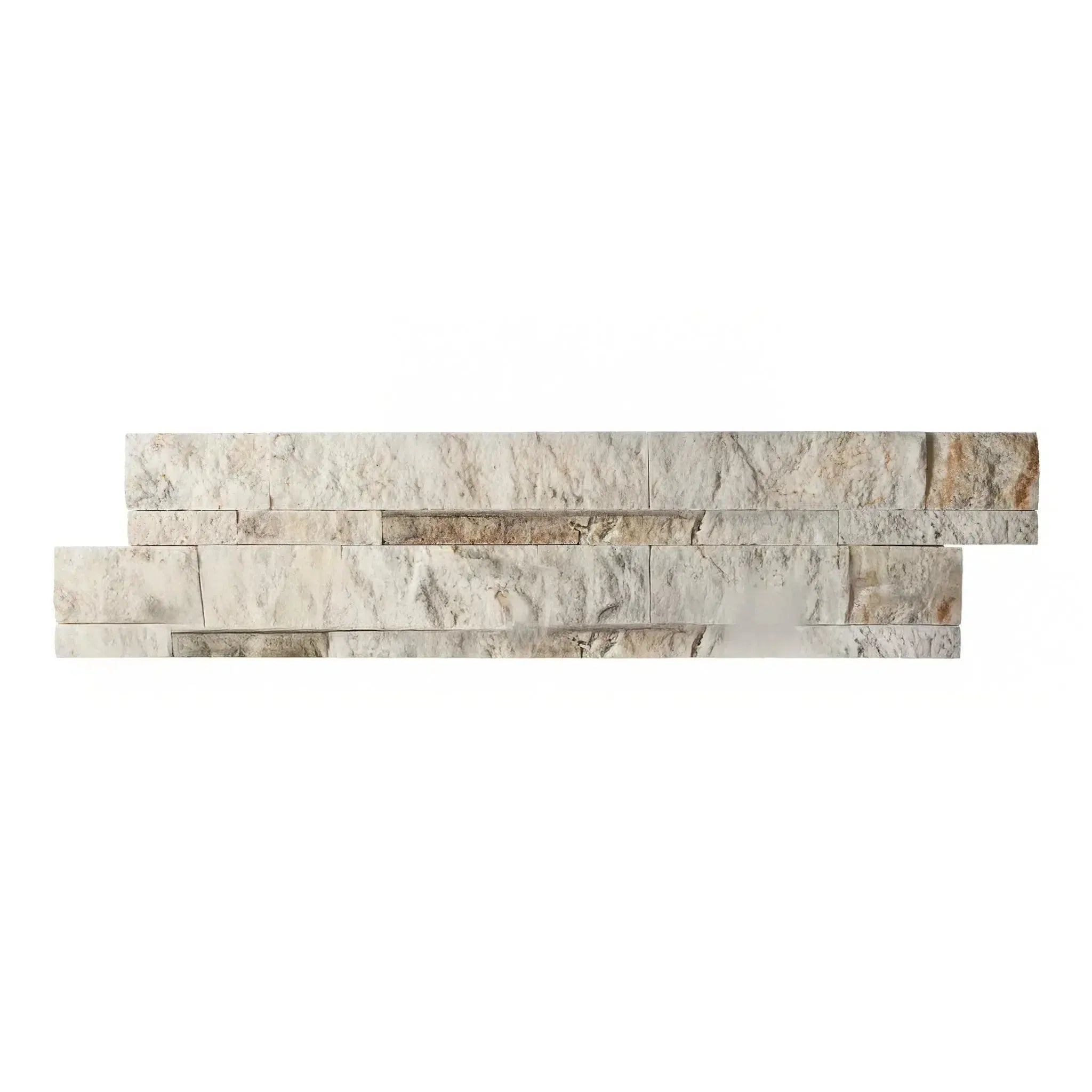 Split Face
Split Face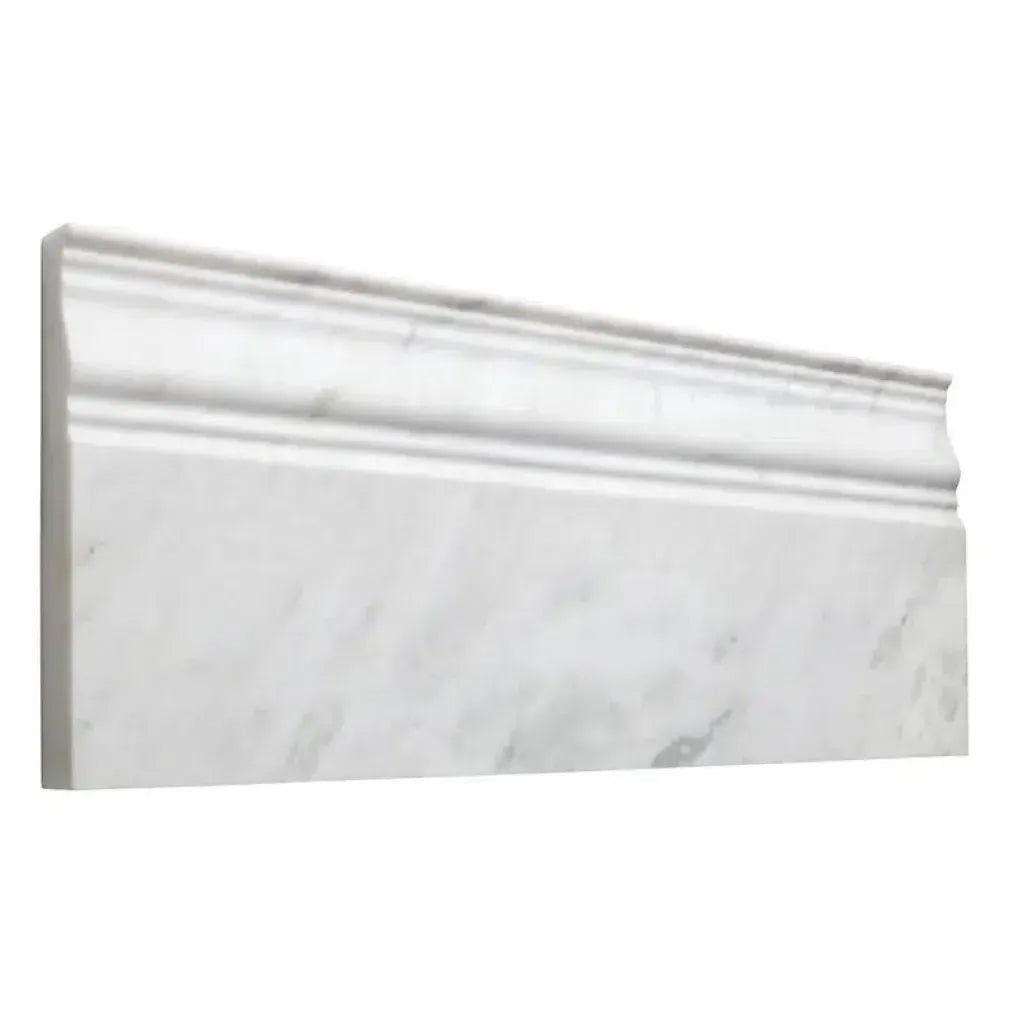 Textured
Textured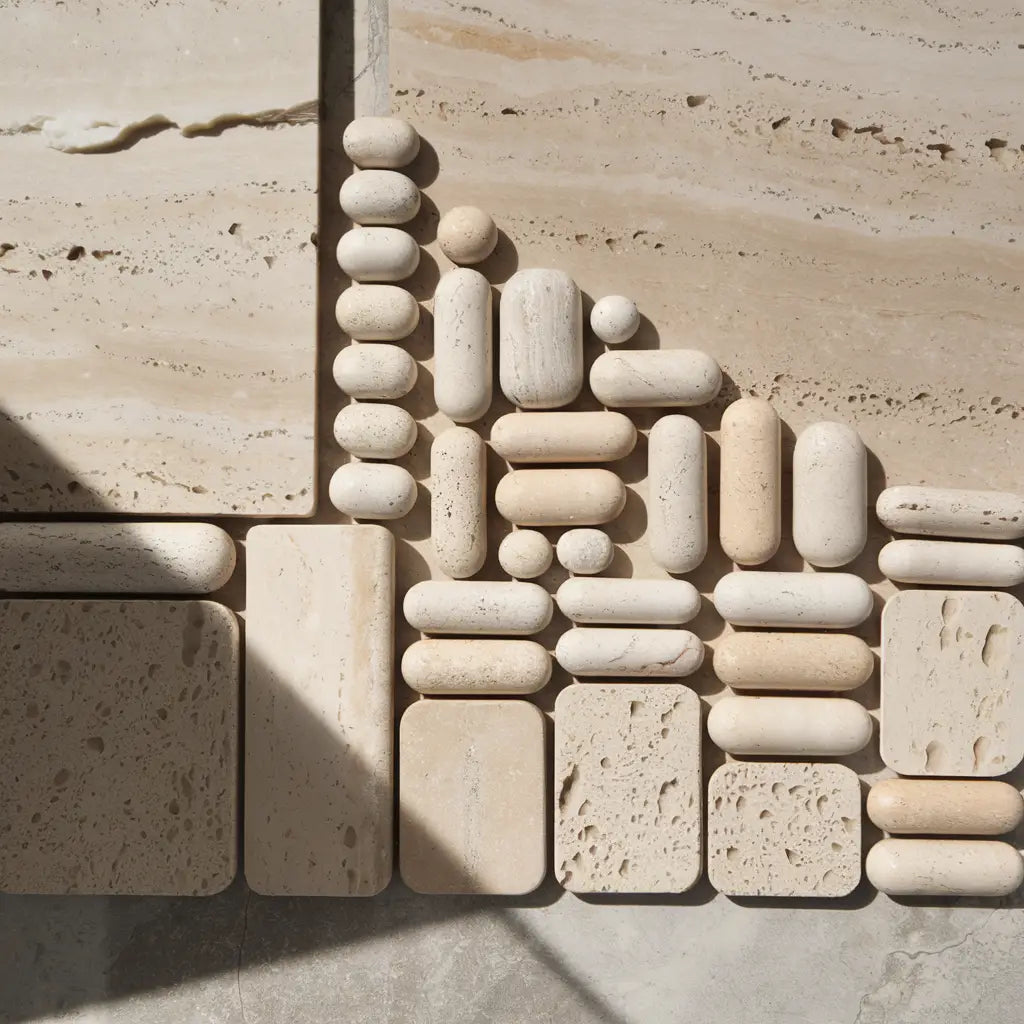 Tumbled
Tumbled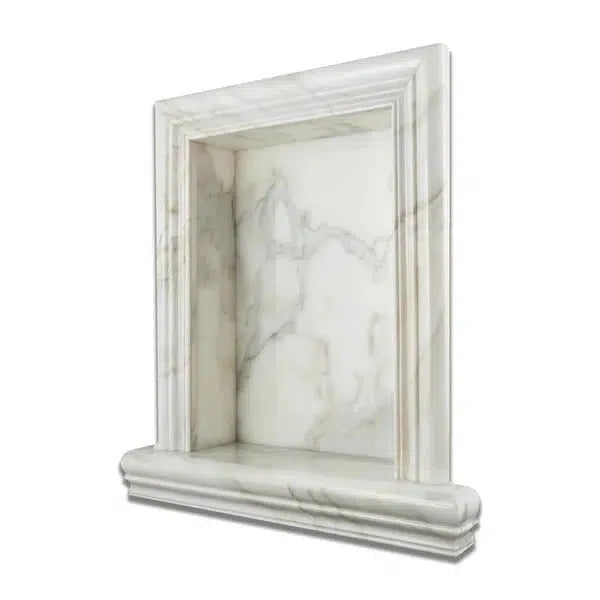 Accessories
Accessories
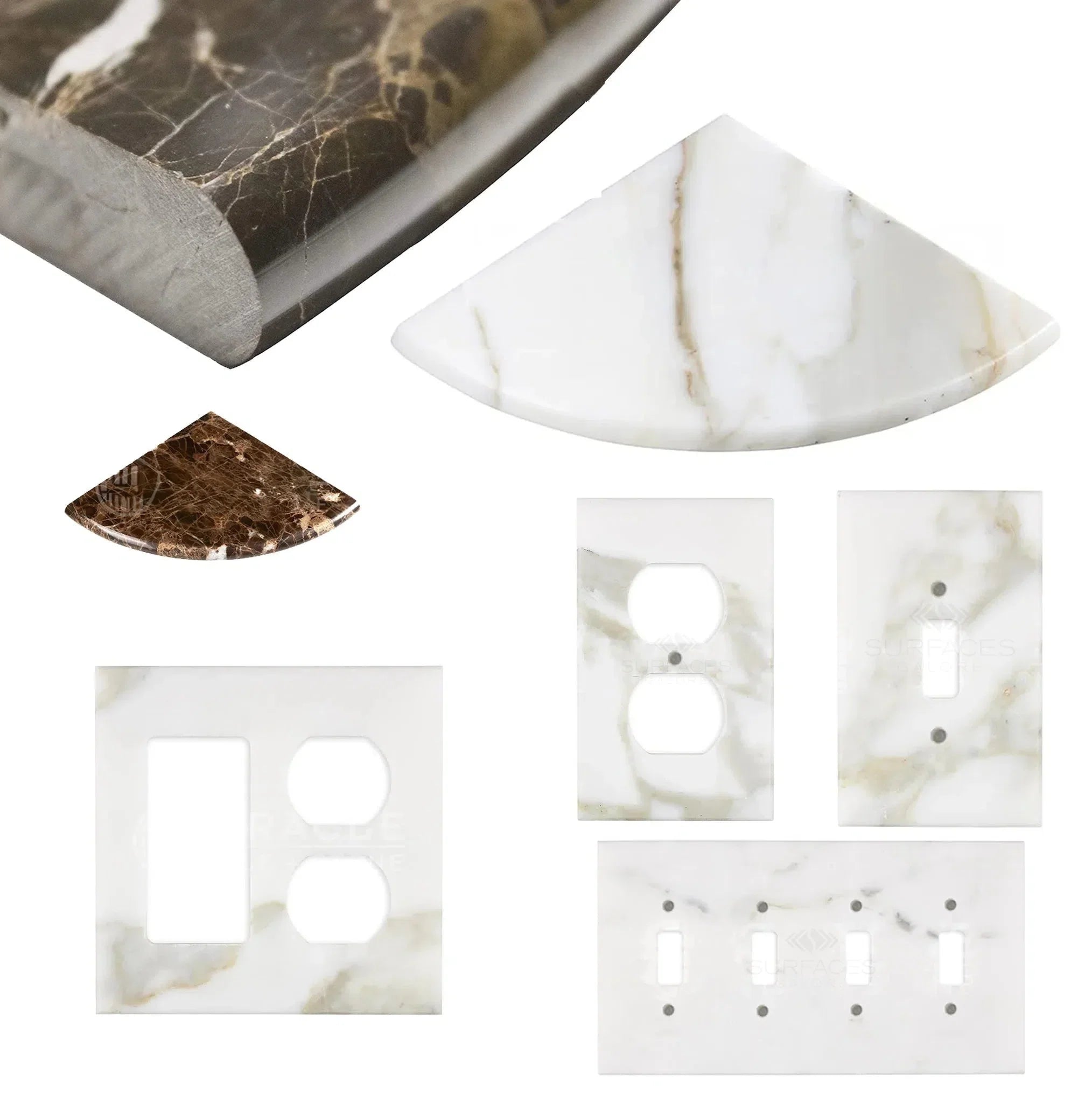 Wall Plate / Switch Plate
Wall Plate / Switch Plate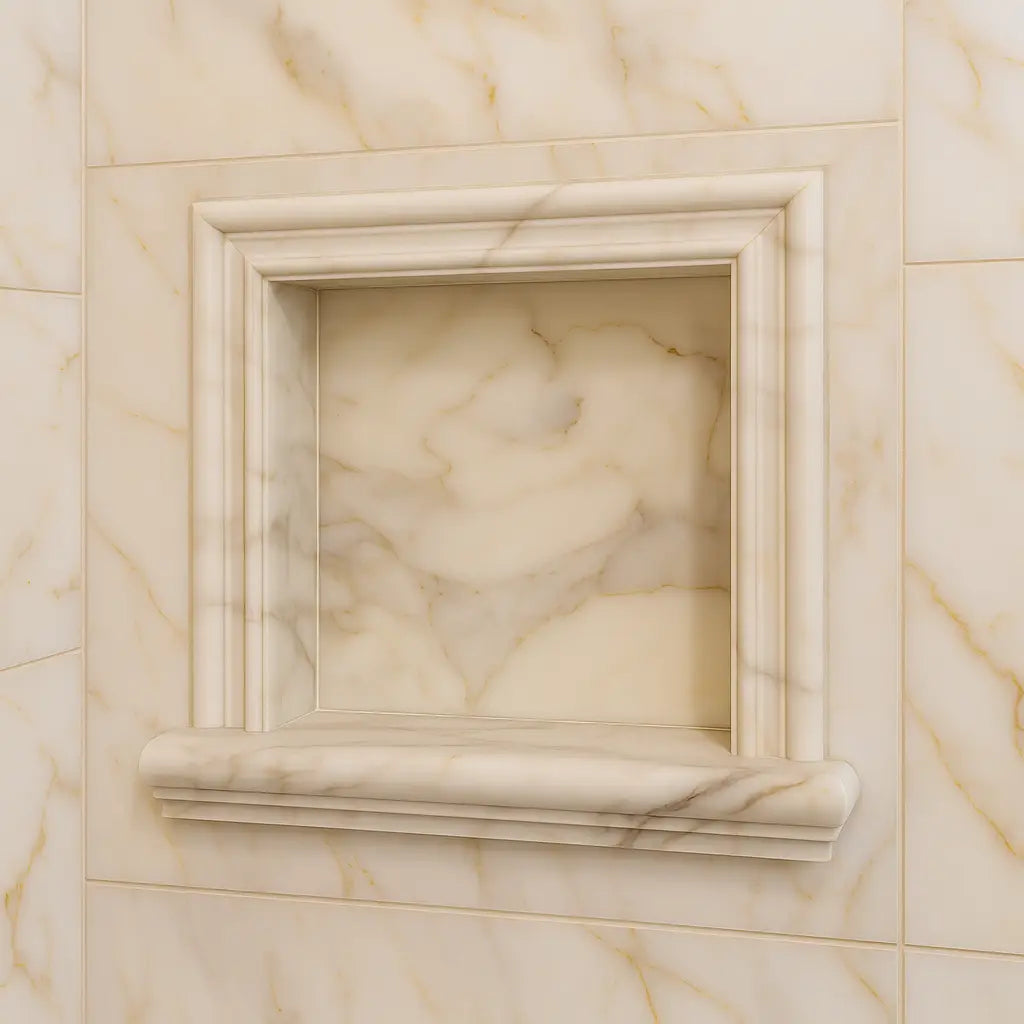 Shampoo Niche
Shampoo Niche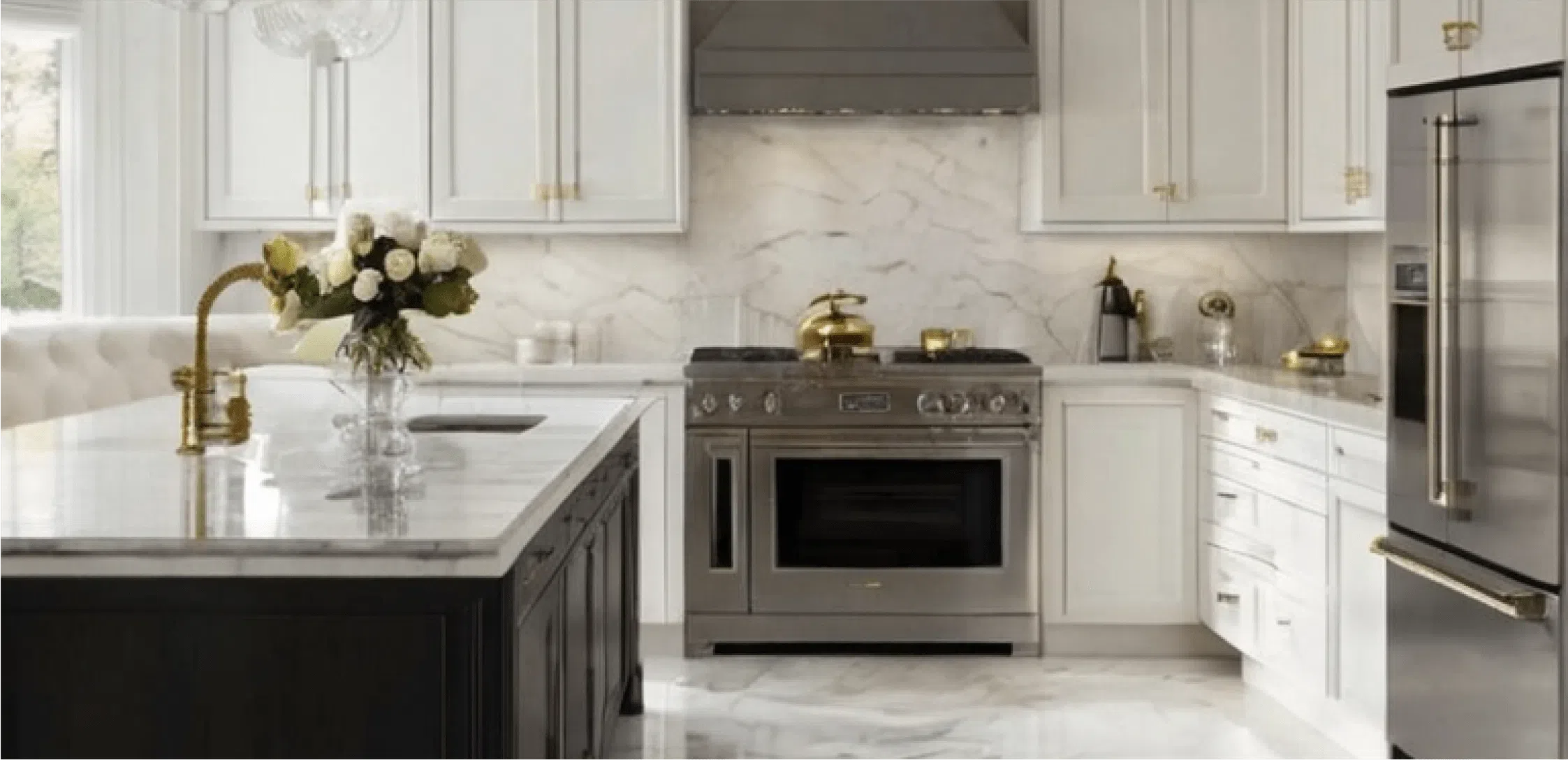 Corner Shelf
Corner Shelf Clearance
Clearance





Leave a comment